Over the years I have been asked many times how artist “success” happens, by people who are curious, or who have aspirations to that end, for themselves or someone else on whose behalf they will inquire. The so-called art world’s processes to many are opaque. I can share anecdotally on that subject.
Preparing Yarger|Strauss for “CONTENT”
1
It's been a decade since I launched the 4D/multimedia exhibit "CONTENT" at Timothy Yarger Fine Art in Beverly Hills. Then it was called Yarger|Strauss. The show opened the week of the Crash - September 18, 2008. The exhibit culminated a sequence/series of installations and projects that included Content productions at Art for Humans Gallery Chinatown (LA) and my MFA thesis show at Claremont Graduate University, plus online iterations, texts and media. I feel like it's a good time to revisit that work, which, due to the externalities/environmental circumstances, was subsumed in the panic and chaos of the moment.
Lula #21 (24” x 24” digital Mimaki Hi-res UV print on acrylic)
The sequence of events that culminated in the Yarger|Strauss exhibit unfolded over a span of several years. I visited a friend in SoCal who lived in a cabin on Mt. Baldy. One evening we ventured into an Inland Empire town (I forget which one) and I saw a combination of media that I had not encountered outside one of my own collective or solo projects. In the early 00s much of the art market was resistant to what would commonly be termed New Media. However, many artists were enthusiastic about combining and integrating disciplines and technologies, analog and digital processes, 2-3D materials and approaches. The blurring of lines between theory and things in the art context was being pushed by virtuality in myriad directions and ways. I noticed indications that LA was a fertile territory for what I define as 4D practice. The proximity of the moving image industry to Silicon Valley, the presence of a relatively robust Contemporary Art scene and market, and the abundance of (art) schools were a few markers I considered. Coming from Santa Fe/Nashville/Austin with a good dose of NYC, the emerging field in LA was more impressive the deeper my research drilled. Rosamund Felsen at that time represented Pat O’Neill, who possessed massive film credentials and skills, and whose interests encompassed gallery practice. I read a very exciting essay about one of his shows, and paid a visit to Felsen’s Bergamot Station venue to meet both Pat and Rosamund and view the work in person. I had brief conversations with the artist and the dealer. In the latter case, I told Felsen I was thinking of making a run at the LA art scene. She recommended I get an MFA at one of the programs in and around the city. That’s what I did.
My friend’s father (Walter Mix) was an accomplished painter and well-respected instructor. He directed me to visit with a friend of his who was still on the faculty at Claremont Graduate University (Michael Brewster). After an amicable interview, I applied to CGU and was accepted. I proceeded to obtain a Masters in Fine Art, and continued on to obtain a Masters in Arts Management through a new program at CGU’s Drucker/Ito School of Management. While an MFA student, I ran into a Nashville acquaintance (Bryson Strauss) at an art store in LA. During our exchange, Bryson told me about his venture with Tim Yarger and asked to see my new work. I invited him to the campus and my studio, and he was very enthusiastic about the pieces I showed him. We stayed in touch and Bryson followed my progress. He especially liked the Mimaki prints I produced in the summer between my first and second years, which I exhibited at Art for Humans Gallery Chinatown. He returned to preview my thesis show with Tim and they offered me a show on the spot, and took some of the Mimaki Pattern series with them! In a few months “CONTENT” would be installed and on display at Yarger|Strauss in Beverly Hills, next to Sotheby’s…
2
The “art” that would appear in “CONTENT” - in my 4D aesthetic schema - is not really Art at all. The title of the series of five exhibits, plus media and projects - CONTENT - reflects the trend to displace art and disrupt its place in the cultural hierarchy with a generic term that applies to a vast aggregate of diverse material and immaterial products and productions. Content and context are intermingling across the demarcations of so-called Old Media and yielding stuff that includes hybrids, simulations, reproductions, etc. In the middle of the first decade of the new millennium, I endeavored to directly confront this phenomenon in my thesis work and its derivatives. The objects, images (still & moving) and audio I would integrate in CONTENT 1-5 would represent “the tip of the iceberg” of my findings, emerging from the research and practices undertaken in the course of my MFA, plus the projects - like AFH Gallery Online/Chinatown. Which brings us to a juncture at which art and tech talk converge. For most people, both art talk and tech talk cause one’s eyes to glaze, and the average person beyond this point will be doubly bored. Significant differences between art and tech talk exist. The most important, I would say, is that eye-glazing tech talk tries to explain how technology works. Eye-glazing art is designed to put the normal individual in a catatonic state, or in a visceral state of repulsion, or in a state of resigned disinterest. Tech talk generally speaking is made by techies whose intention is to explain how technology works, its function. Art talk generally speaking is made by non-artists whose desire is to obfuscate, minimize or divert the listener or reader from any actual function for art. To put it another way, art talk pretends to define or describe the “WHY” of art, and fails. Technologists can communicate with equally good technologists about the technology they share and be understood. This is rarely true for artists, unless they (the artists) talk about the craft aspect of what they do, in which instance they are in fact discussing art technology.
My CGU studio, circa 2006
With this assertion in mind, I’ll continue. Parallel to the narrative about how CONTENT at Yarger|Strauss materialized and/or manifested is another narrative. Simultaneous to the unfolding story of this artist’s having a solo show in Beverly Hills blue-chip gallery - a signifier of “success” in the art world by most art professional standards is the story of Art for Humans’ “success” as a platform by and for art/artists, with additional social media applications. The AFH platform by 2008 annually reached or was consumed by hundreds of thousands of users (and bots). The content posted on the sites in the AFH constellation or network of web portals (altogether) generated hundreds of thousands of downloads. The AFH platform consisted of multiple proprietary blogs created/using a variety of software/formats, a wiki, archives for still/moving images and illustrated texts, net.art, social media (which was a shiny new invention), and more. I developed a solid practicum for systematically toggling between analog art production and digital “art” systems. My 4D methodology enabled this. Unfortunately, six years after 010101/Art in Technological Times (SFMoMA, 2001), the art world writ large was still mostly confused by the mashup of art and technology. Linking dozens of tumblrs to twitter via twitterfeeds and SEO and amassing thousands of friends on MySpace, etc., to create a media channel that serviced brick and mortar art industry, propagated real time artistic collaboration, distributed artist-produced content, provided ample context for actual art operations, dispersed ideas globally with unprecedented speed, and did all of this exciting stuff and more outside cultural regulatory regimes not only was now possible, but I was doing it, and doing it on a relatively minuscule budget. And none of any of this fit very comfortably in the high-end art market retail gallery setting.
CONTENT 3, ART FOR HUMANS GALLERY CHINATOWN (2007)
What to do? The conundrum of meshing web-based and computer-generated creative practice plus collective work with the typical sales model of a Beverly Hills art gallery in the mid- to late 00s required some mapping the sweet spot in a field of Value + Means/Meaning + Values. The cultures, the modes, of the “New” and “Established” would have to be meshed, but how? I love such problems, because the solutions can be applied beyond the parameters of the art thing. The lead-up to CONTENT at Yarger|Strauss and internal reviews afterwards did involve a fair amount of communication on these issues. I would love to tell you that the outcome was marvelous, but the truth is the enterprise was flummoxed by the tsunami-like onset of the Great Recession, which rushed over us the week of the opening of the exhibit. For context: Lehman Brothers declared bankruptcy the weekend of September 13-14, pitching the financial sector into a panic. Those were scary and grim moments for everyone, but for a certain sliver of the art markets, the fear was palpable. Deals were crushed. For example, a Lehman employee only a few weeks prior had approached Yarger|Strauss to arrange the installation of several Lula and Pattern series Mimaki prints in the LA Lehman offices. I insisted they be purchased and not rented, no matter the “exposure” value. A few weeks later Lehman was gone. Who knows what would have come of that deal (and the pieces) had the installation gone through. As opening evening for CONTENT neared, each day brought more bad economic news. The effect on the show was profound.
Installing Pattern series Mimaki prints at Art for Humans Gallery Chinatown (2007).
Even now, I find the memory of that time difficult to revisit. Although the accounts of the Crash of 2007-8 mark its beginning in December 2007, we had potential clients returning from the big European to-dos in Spring/Summer of that year (2007) refraining from purchases at AFHGC based on money manager advice, warning that a monumental shift in the markets was imminent. The phenomenon impaired the business model we had envisioned for that project. When sh*t really hit the fan, it was hard not to sink into despair, hard not to feel like the investments that I’d made to manifest CONTENT had been wasted, through the intervention of destructive forces outside the scope of our endeavor, economic conditions beyond our control. Many potent lessons arose from the experience, on the nature of art in relation to society at large. It’s important to recall that, prior to the downturn, the art world was booming at an unprecedented pace, and only a few players were sounding cautionary notes. It is sobering to look at that period, relative to what’s going on today. The consequences of the Great Recession on every aspect of American life continue to affect in our politics, culture and finances palpably.
CONTENT > MFA thesis exhibit at Claremont Graduate University (2007)
3
Turning to the art itself, I find the CONTENT exhibit a rich and inspiring mix of elements, ideas and technologies. Eventually, we chose to discard the paralleling virtual aspects of my practice and interests to focus on newly produced potentially salable objects, with a reduced sample of New Media, plus an introduction to my camera-based work. This decision was indicated by the gallery architecture, primarily. Integrating projections and monitor-based presentation with mostly light-reflective 2- and 3D pieces is, as anyone who has attempted to do so in a white cube scenario will likely attest, is complicated logistically. Projections and monitor-based images do best in darkened space as a rule. Light-reflective materials require proper lighting schemes and gear. Yarger|Strauss’s new gallery location was smaller than the previous iteration, with less open wall space. The Mimaki prints on acrylic are luminous, even jewel-like. They really pop!
“America,” the 6’ x 6’ entry piece and the largest object in the exhibit, pointed to a direction for the evolution of the CONTENT series that was conceived but never materialized (along with other elements in the presentation). The mix of photographic, digitized representation - and narrative - and repetitive, decorative patterning framing the image illustrated the possible configuration of stories embedded in visual components, a reference basic web design as well interior design. The patterns I was producing could be translated to both environments (web and architecture, interior and exterior), plus a plethora of objects. One of the cool features of the Mimaki printer I was BETA testing for Harvest Printing, which manufactured the Lula and Pattern series, was its capacity for output on shaped (3D) surfaces. My patterns, additionally, could translate to fabric design, for covering furniture, bodies, flatware, almost anything that can be printed upon or mechanically woven, utilizing new technologies. The upside was tremendous. This facet of CONTENT amounted to prototyping.
Shane Kennedy and I fiddling with the OpFeek installation in the Yarger|Strauss booth at LA Art Show (2007)
The (4D) experimental threads were developed in my MFA work and the AFH Gallery Chinatown were not foregrounded in the Yarger|Strauss iteration of CONTENT, but they were there. Initially Bryson and Tim were much enthused about OpFeek and the vinyl work I was producing in collaboration with Shane Kennedy, Jason Coulston, who at that time was co-owner of Pop Cling. We were creating beautiful vinyl wall pieces and using them as substrates for optical feedback performances and installations. Shane realized the form as we deployed it, in response to a specific 4D proposition. OpFeek was first deployed in-gallery at AFHGC, but Shane was doing some fantastic stuff projection-bombing around LA (e.g., on the Gehry Music Center facade at night). At CONTENT Y|G, this experimental seam was only cited in a small vinyl installed near the front door and desk of the gallery. At the behest of Tim and Bryson, we did present an OpFeek at LA Art Show in 2007, where the Y|G introduced my work in its booth. The presentation garnered interest from a spectrum of art fair attendees, including the venerable pop icon William Shatner (“Captain Kirk” of Star Trek fame).
5-17 [Surveillance Camera, OpFeek, Apple II Monitor and Pixel Painting Wall Elements] installation at AFH Gallery Chinatown by Shane Kennedy and Paul McLean (2007)
Shane and I were also conducting experiments using wall elements, surveillance equipment, OpFeek and an Apple II monitor, the first of which took place on 5-17/2007 at AFH Gallery Chinatown. The surveillance cam and Apple monitor were installed incorporated at CONTENT Y|G, minus the OpFeek component. The wall elements part was played primarily by “America” at the Y|G expo, and attendees provided the moving, interactive bodies. Other facets of the show at Yarger|Strauss: 13” x 19” portfolios of Pattern series and additional printed matter spanning my output from 2001-2008; Nashville series prints suspended on custom magnet/wire/steel presentation systems; animations and enhanced/manipulated videos projected on a screen, a wall, and presented on laptops and monitors in the space; new audio compositions by Max Abrams and myself. I designed and produced the identity materials for CONTENT (adhesive title blocks, invitations, poster, etc.), as well as a fairly extensive booklet and catalog accompanying the show. I also published a large volume of propaganda and documentation on the AFH platform, chronicling and expanding on the production and exhibition, plus the aesthetics underpinning them both. The gallery suggested that its website serve as the primary virtual entry point for CONTENT Y|G, and I deferred to them. Bryson had recently overhauled their web presence, and the Y|G site was very well done. Plus, it was a major buzz for me to be listed with artists like Picasso, Miro, Warhol and Chagall.
2 Women; Nashville series/portfolio, for CONTENT Y|G [19” x 13” Epson print on archival paper, unframed (2008)]
I approached the curatorial phase with Bryson and Tim wherever possible collaboratively. The exchange was almost entirely smooth and friendly. The stakes for us all were very high, and as outlined above, the environment for the show was chaotic, to say the least. Rarely did the tension caused by externalities affect our relationship. We did the best we could, and I think we did a great job under the circumstances! In the aftermath of CONTENT Y|G I can point to some things that didn’t happen that would have benefited the undertaking. For instance, we all tried hard through our respective networks to get the LA art press to review the show, but, for various reasons, that did not happen. In the postscript phase of the exhibition, Yarger|Strauss decoupled, and the gallery reverted to Timothy Yarger Fine Art. I finished my studies at CGU, applied for and was accepted to the European Graduate School media philosophy doctoral program, and subsequently moved to Bushwick. My experience with CONTENT Y|G (and the Crash) almost certainly contributed to my decision to join Occupy Wall Street and co-organize Occupy with Art several years later in the Fall of 2011.
Invitation to CONTENT at Yarger|Strauss (by PJM, 2008)




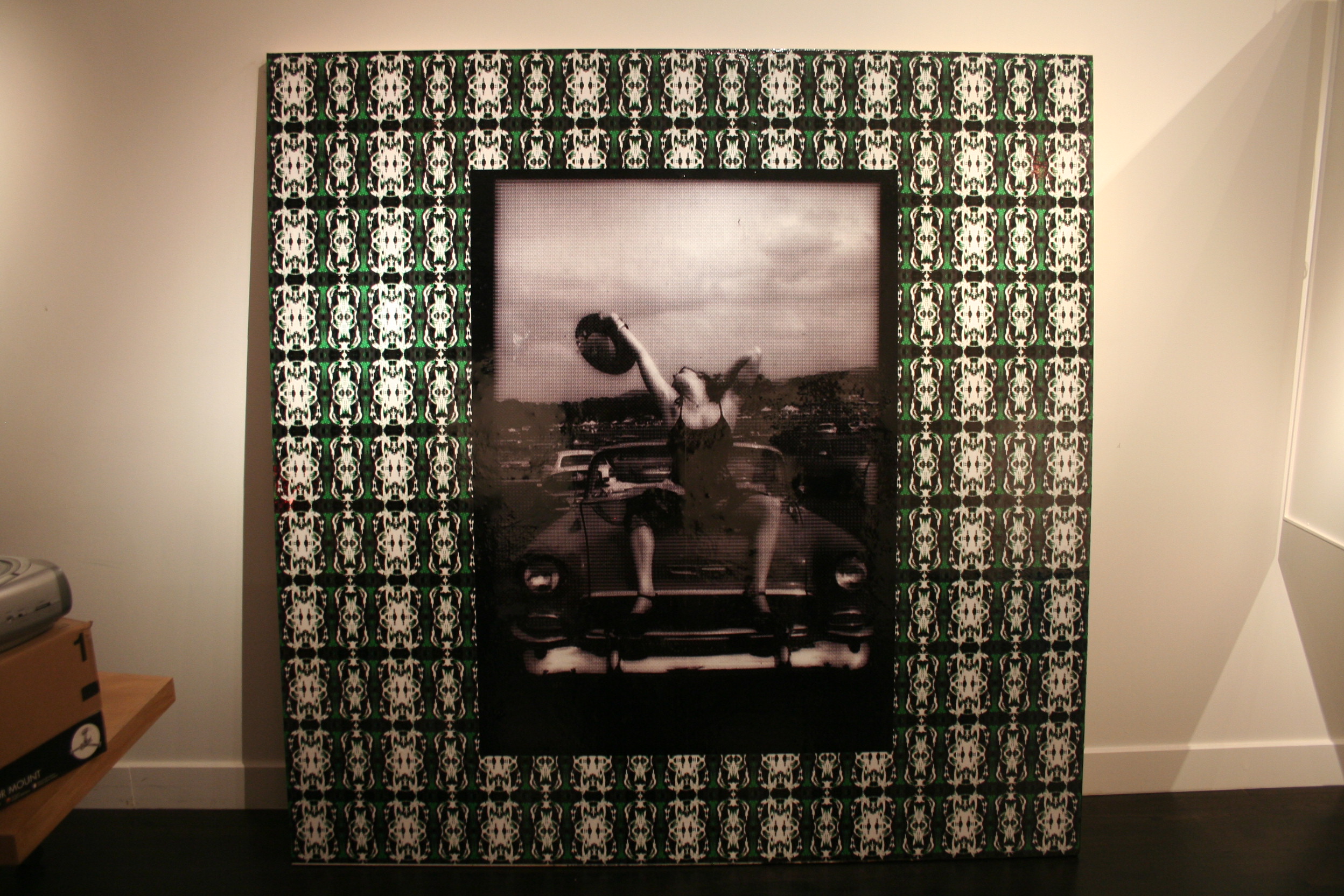
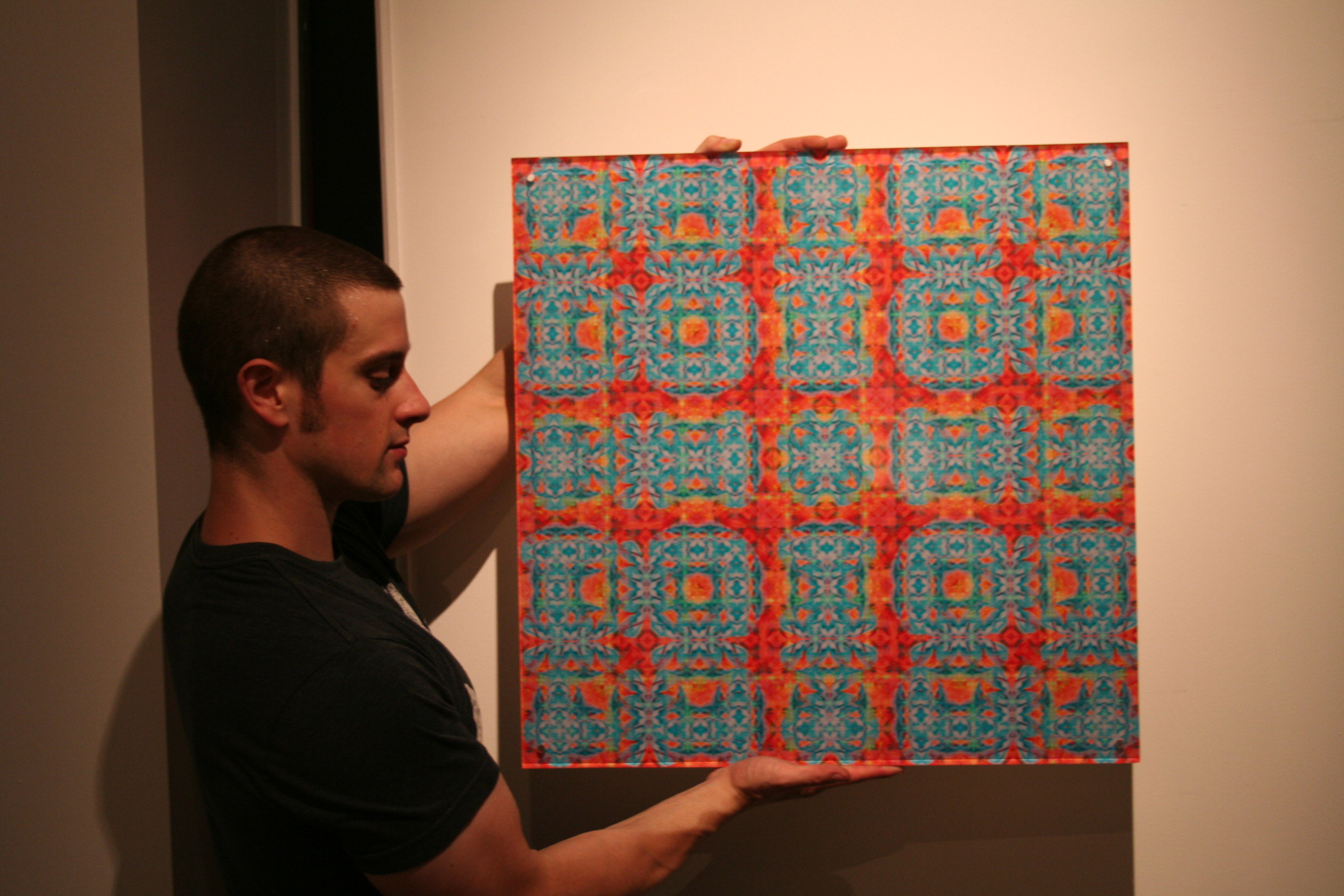

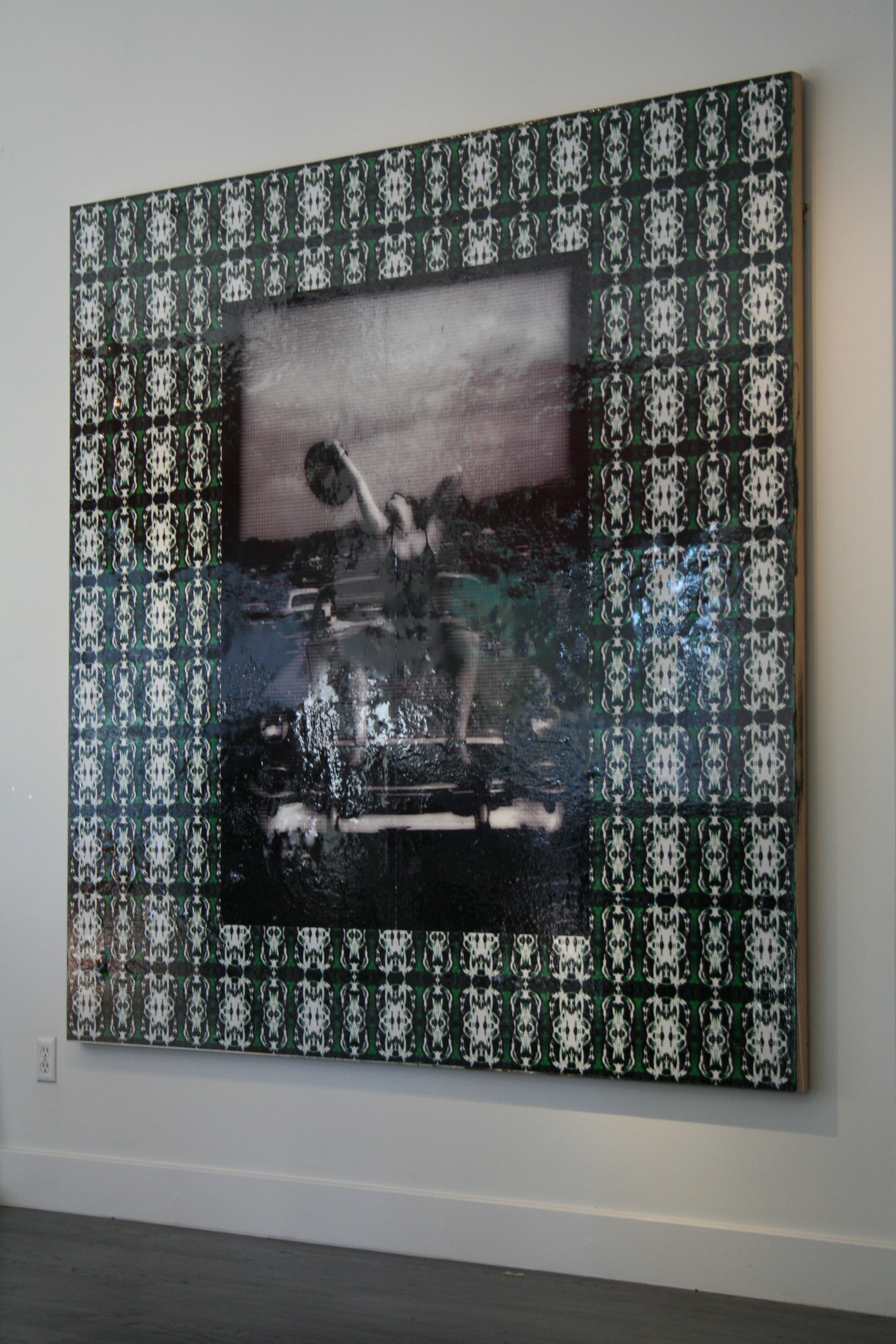
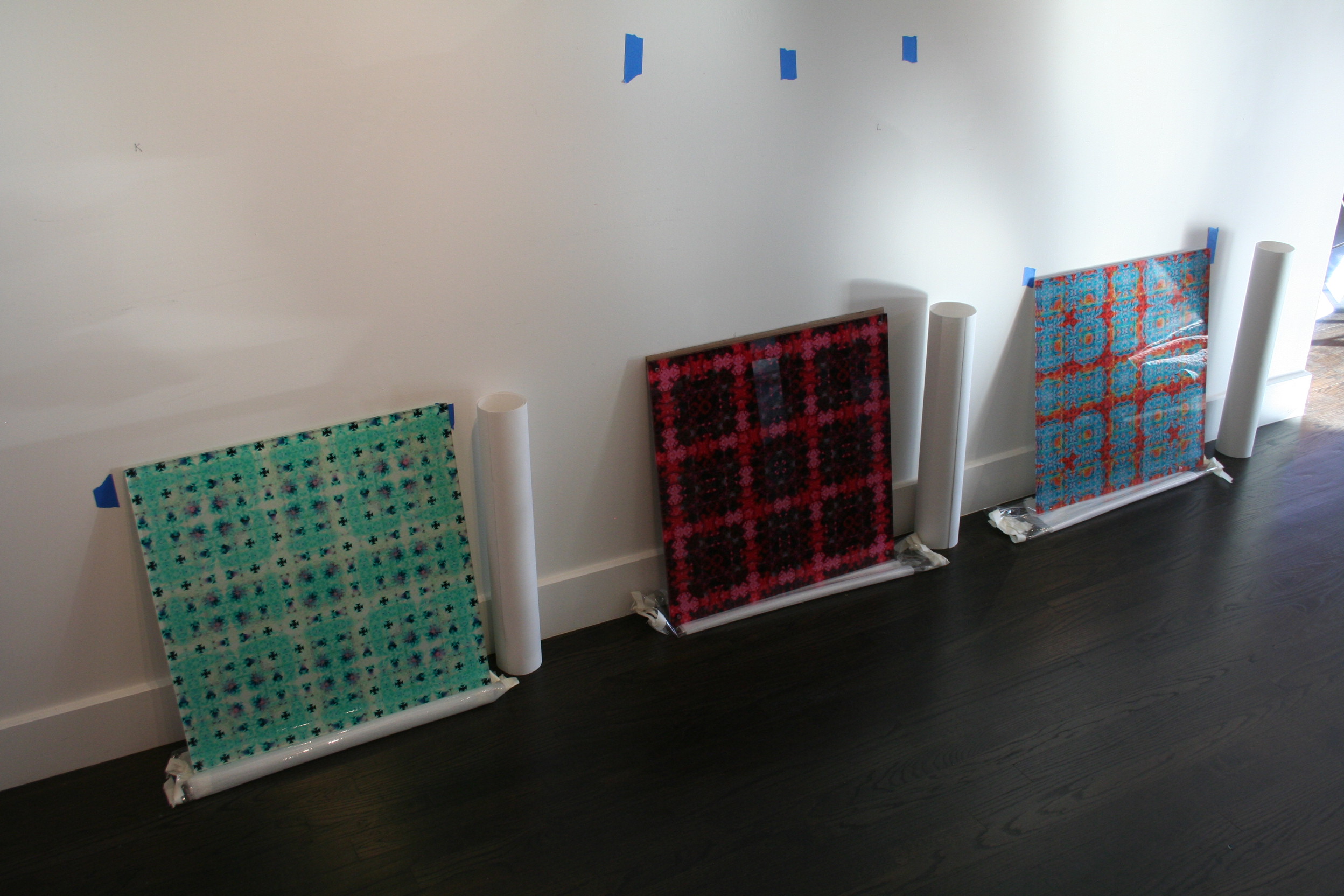
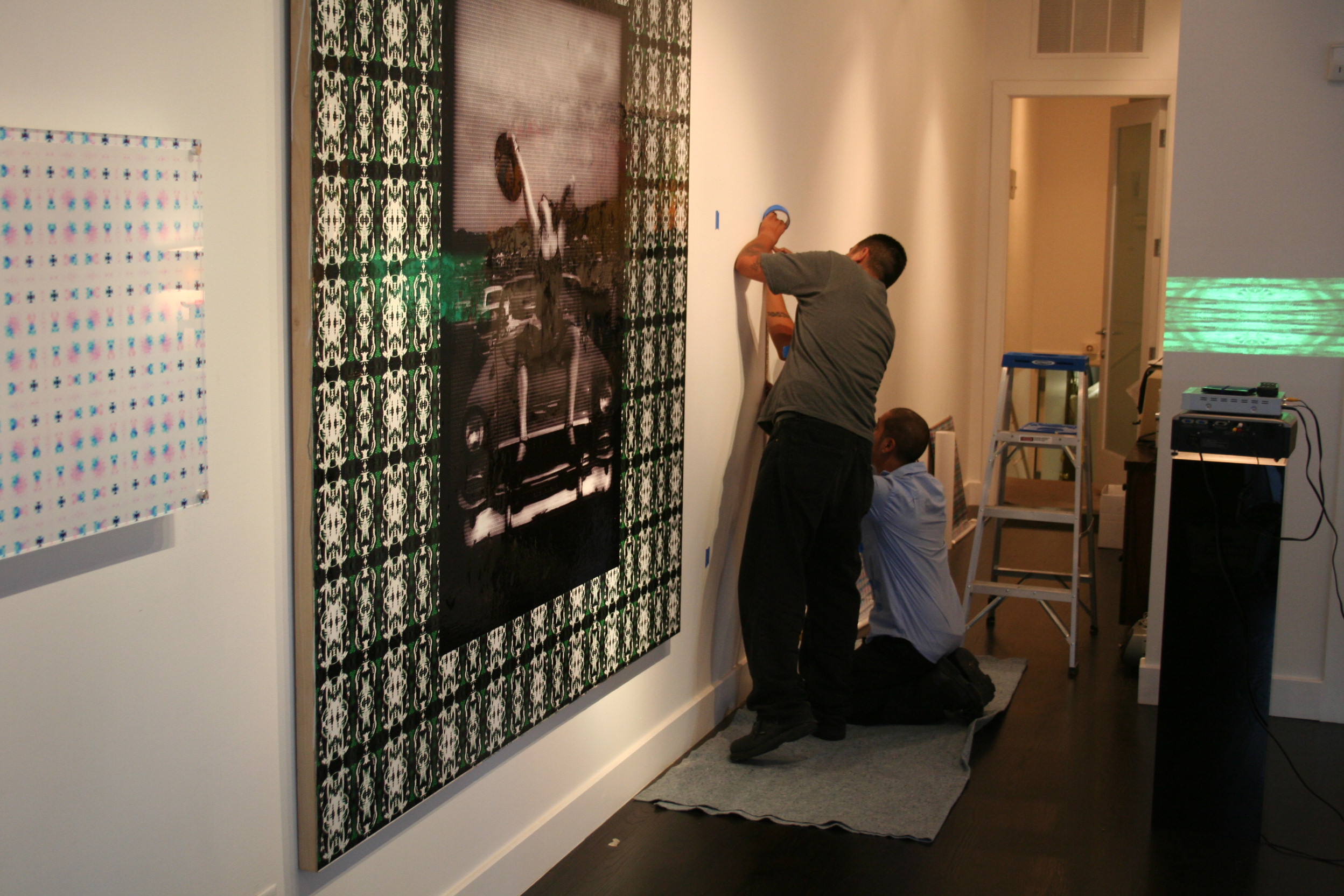
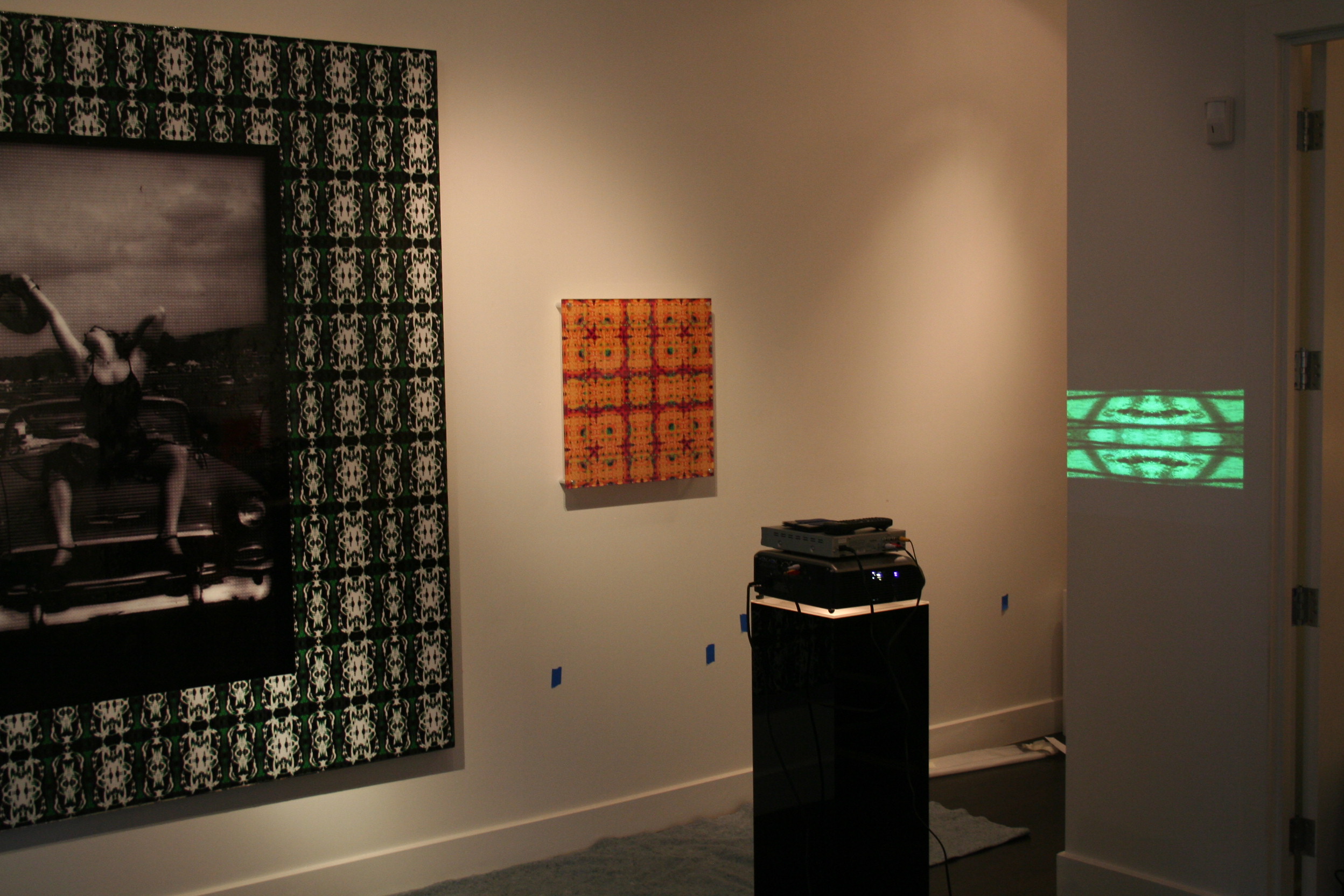
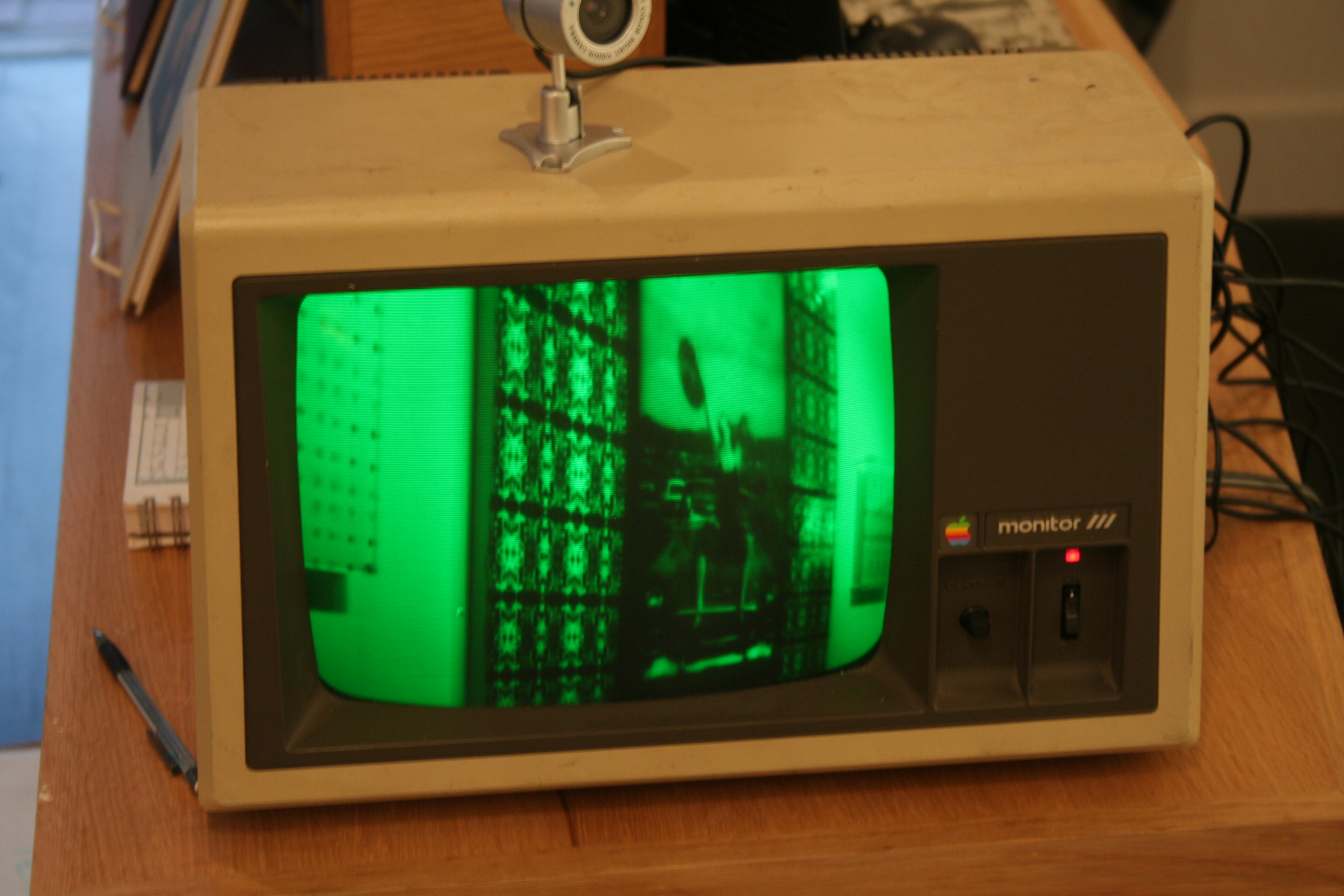
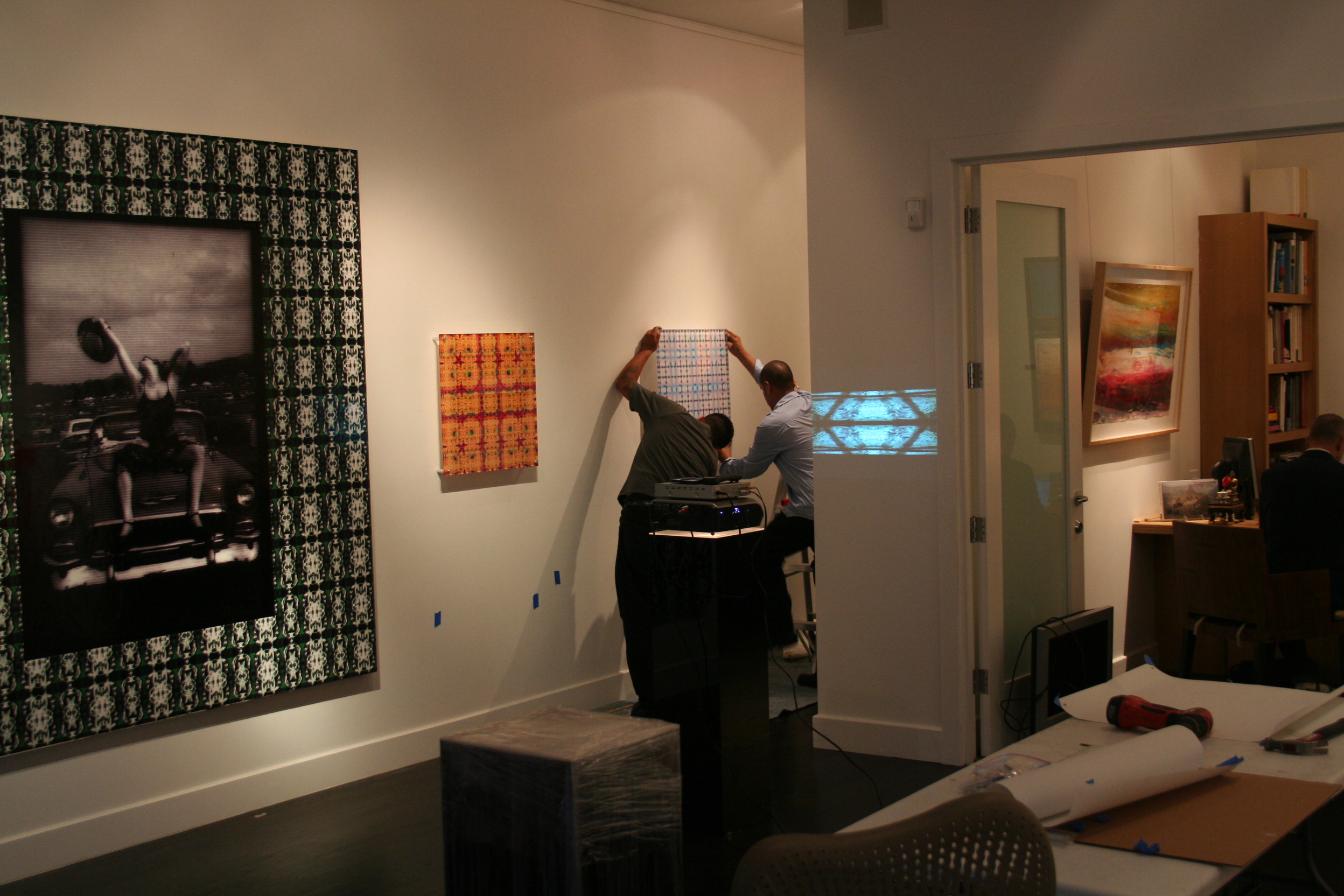
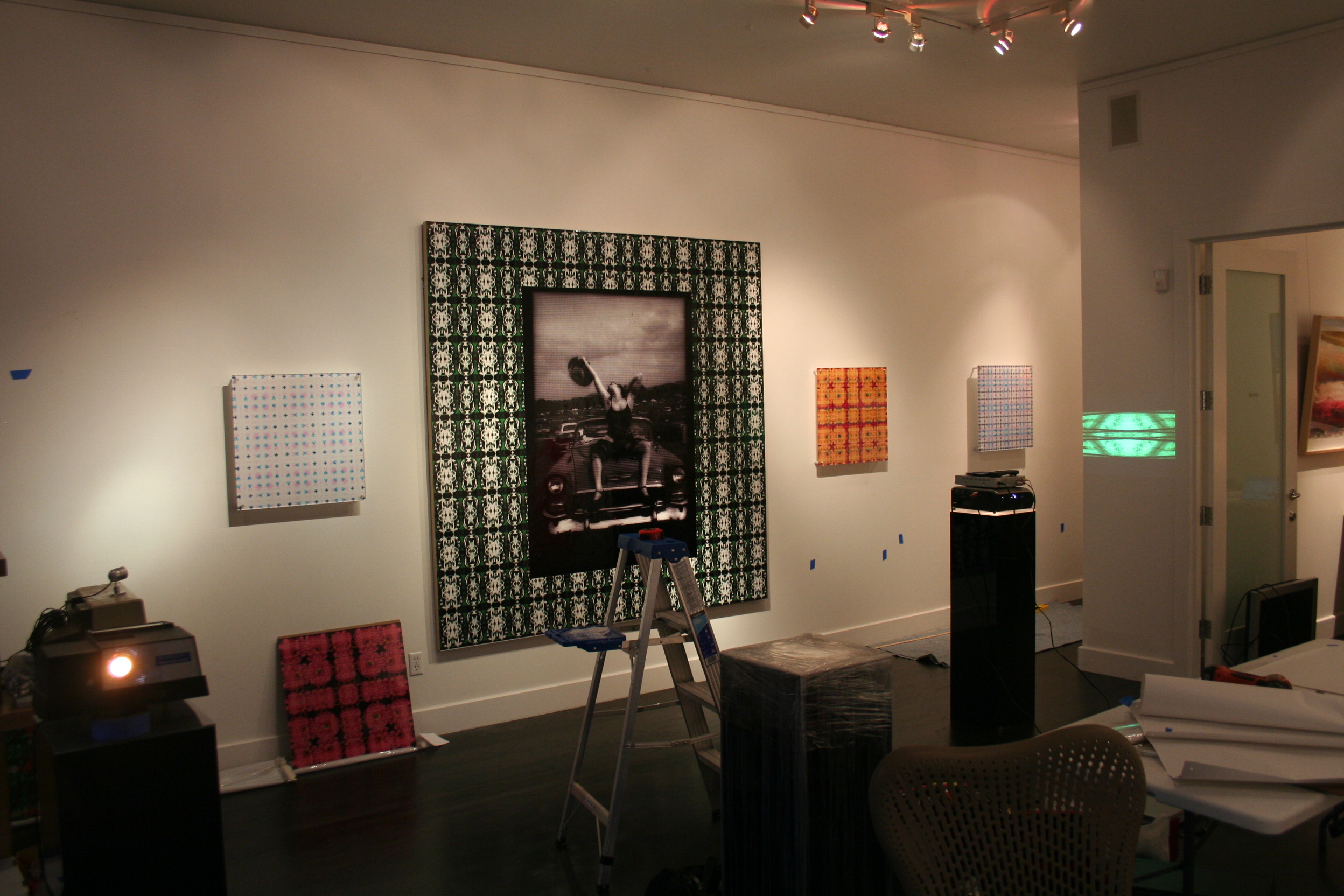
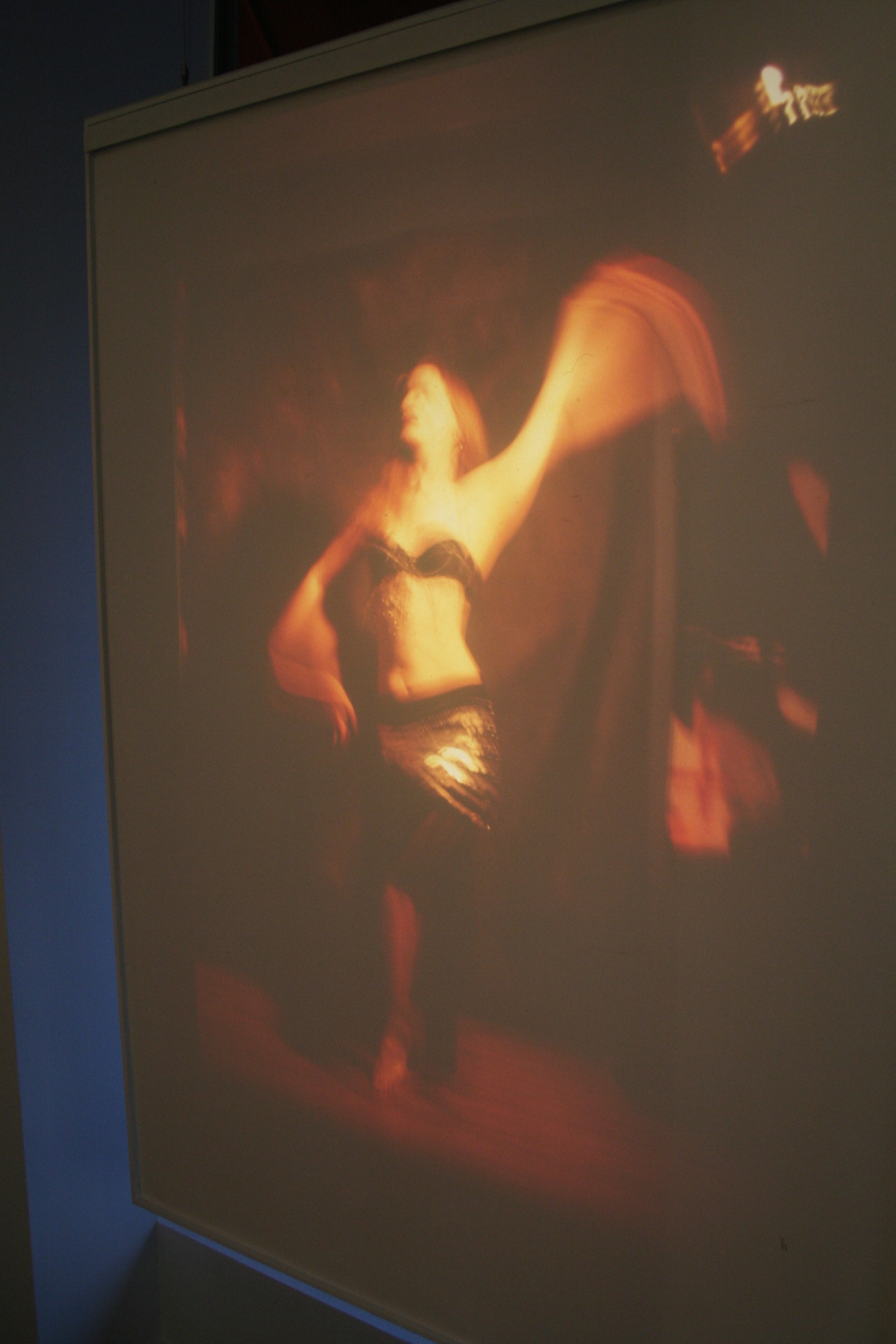
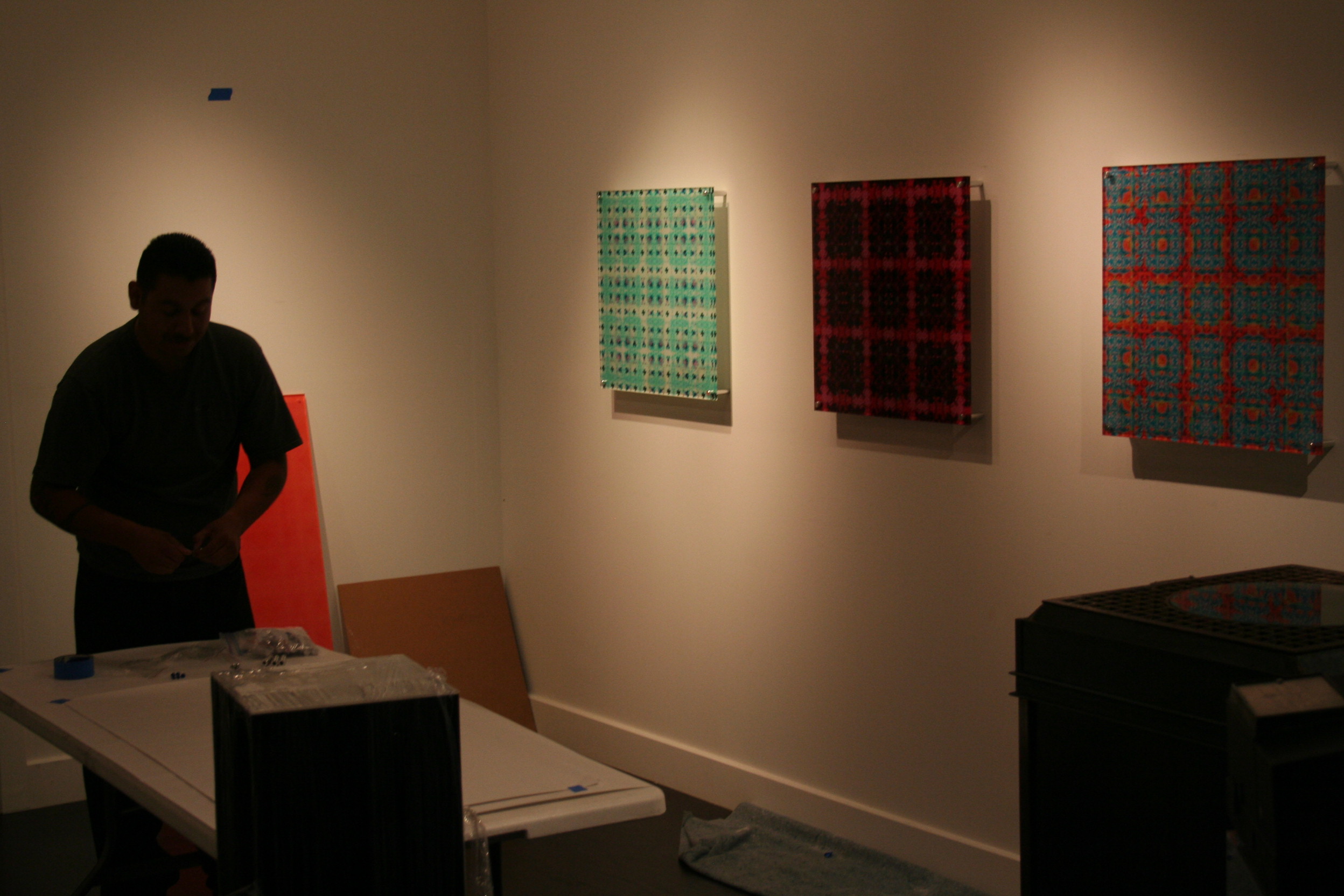
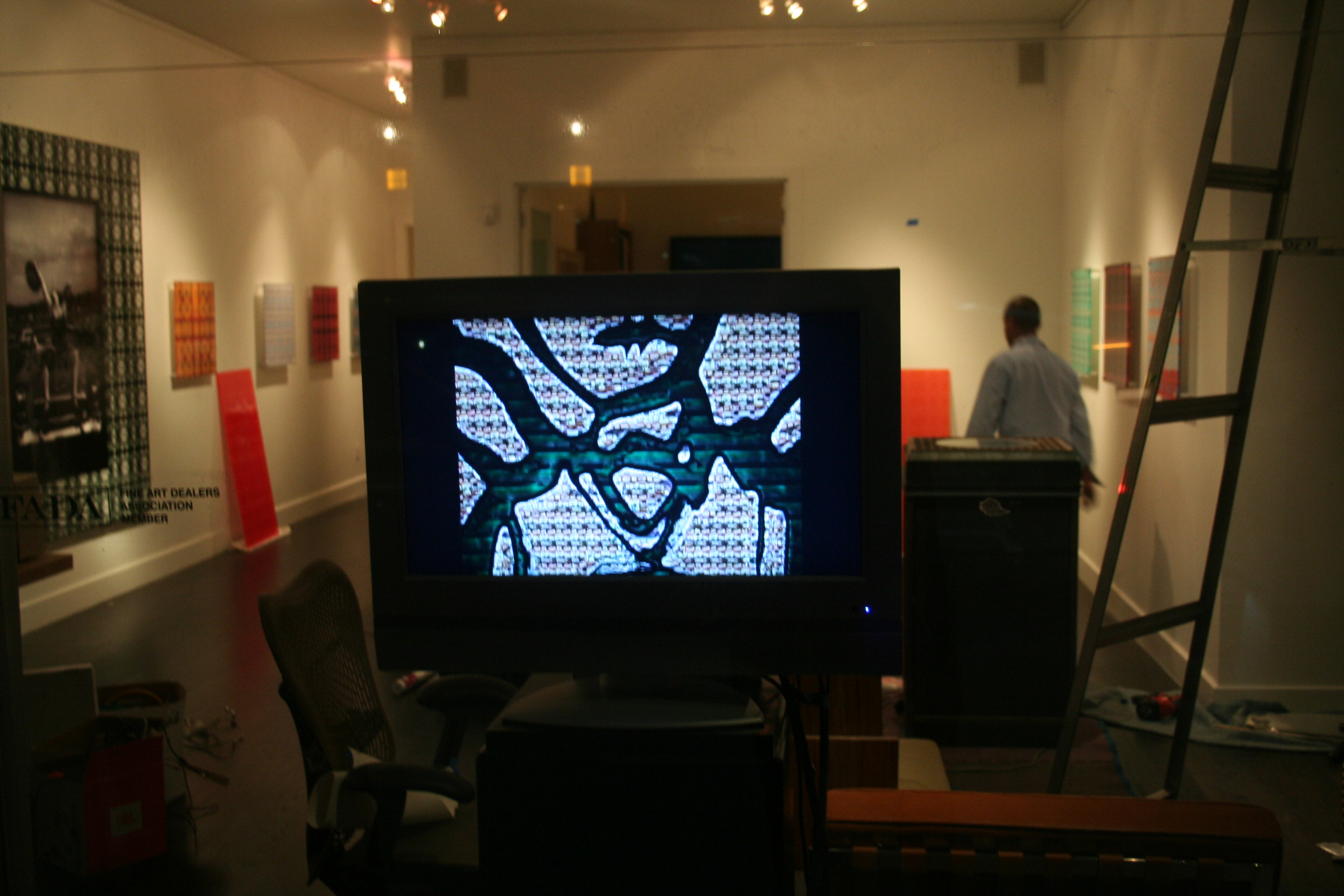
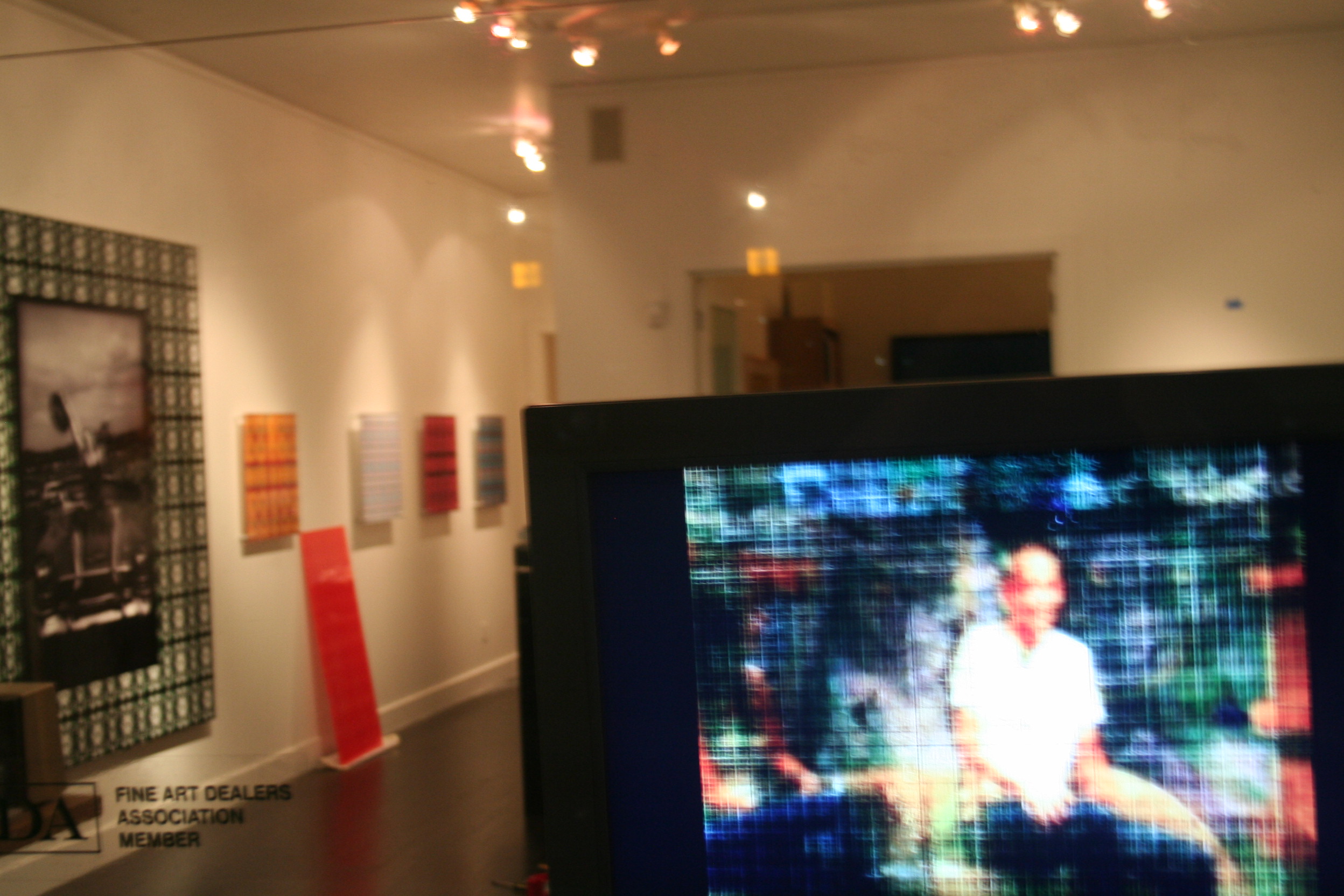
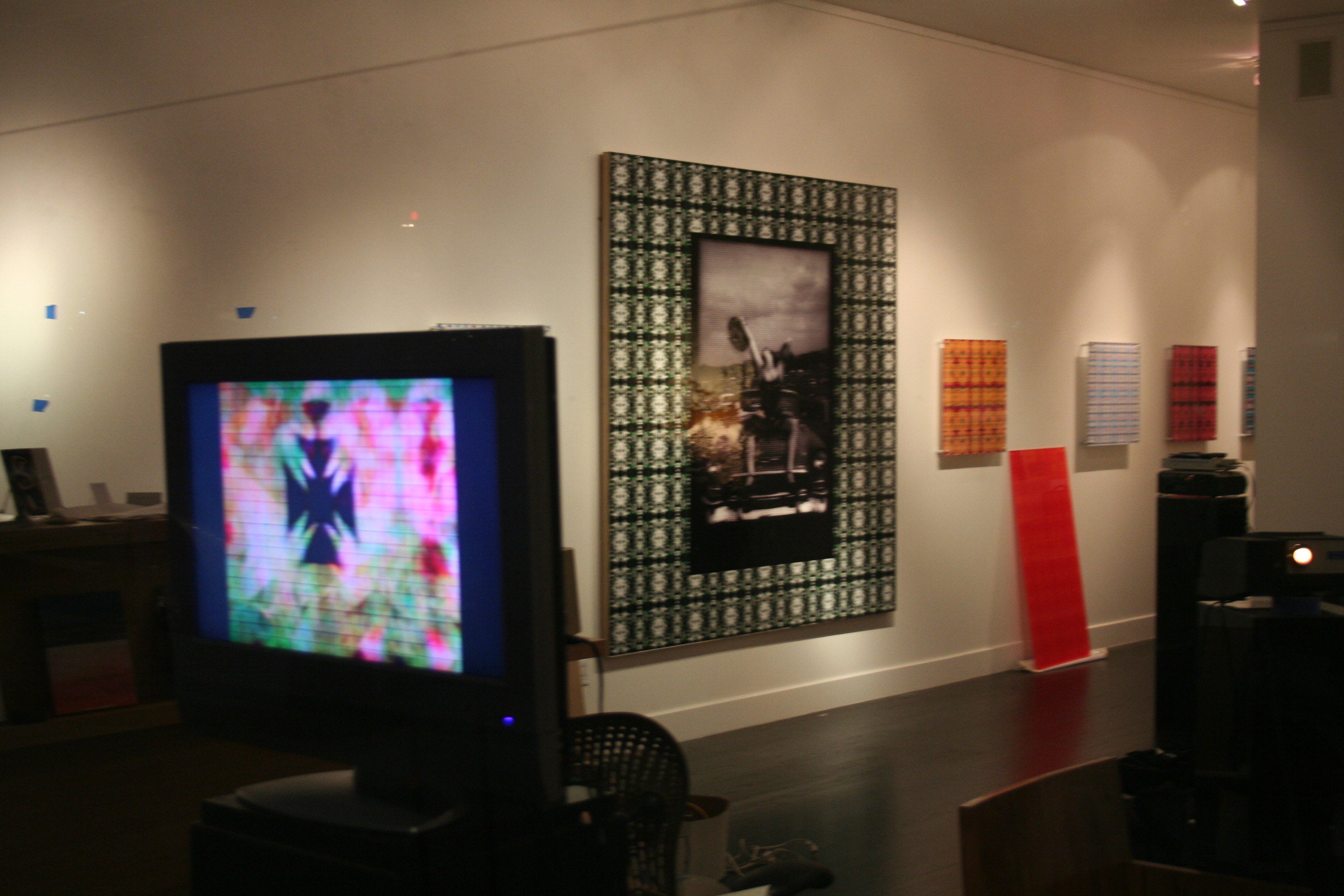




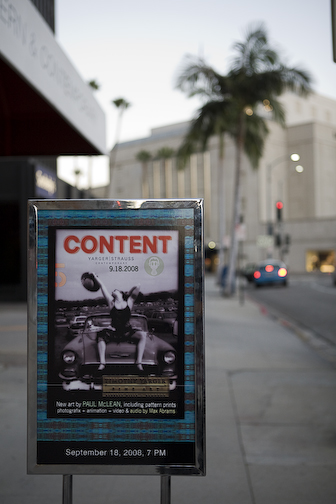
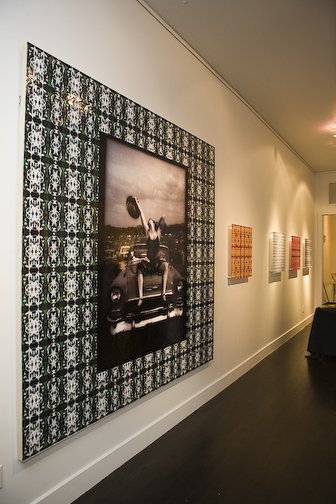
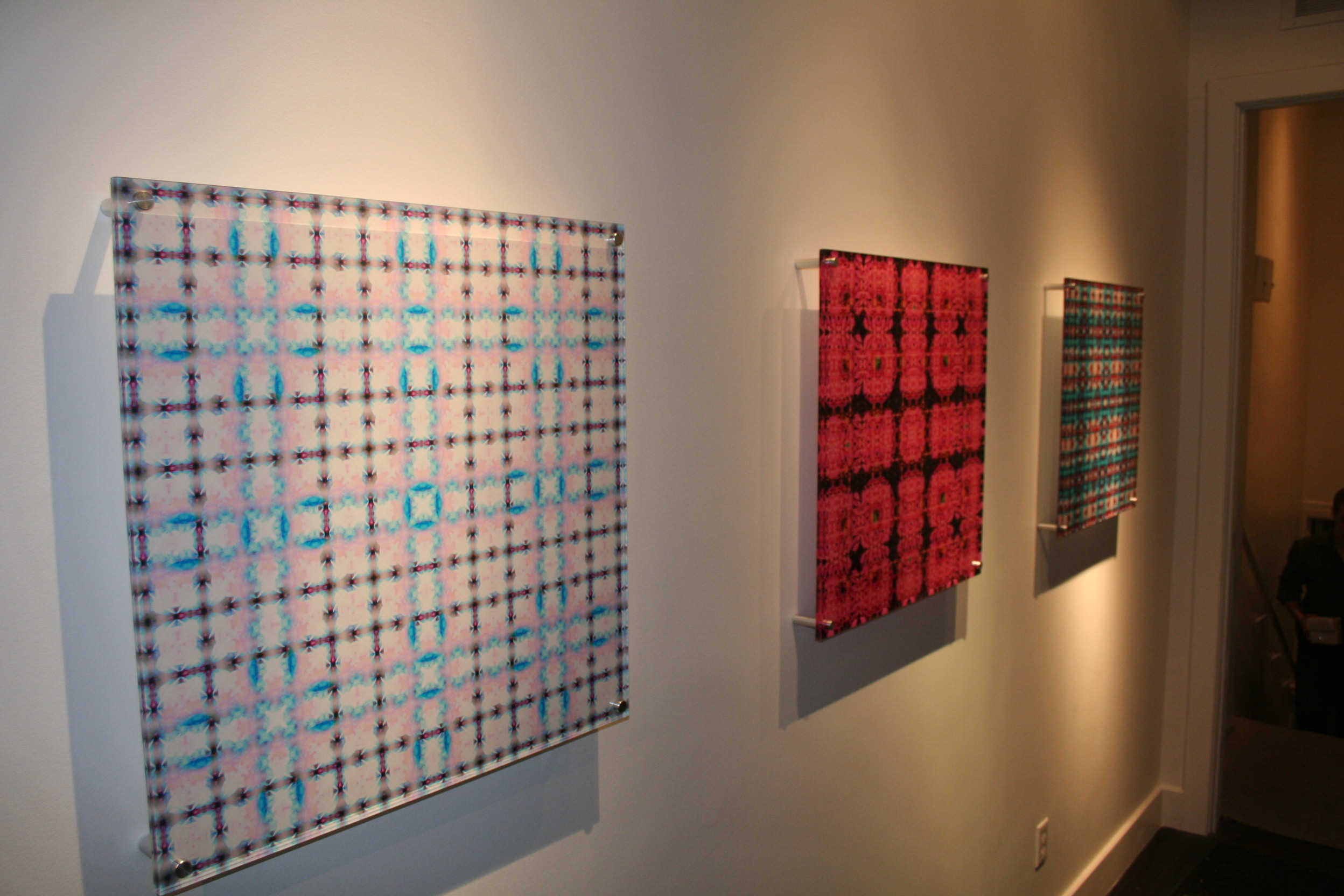
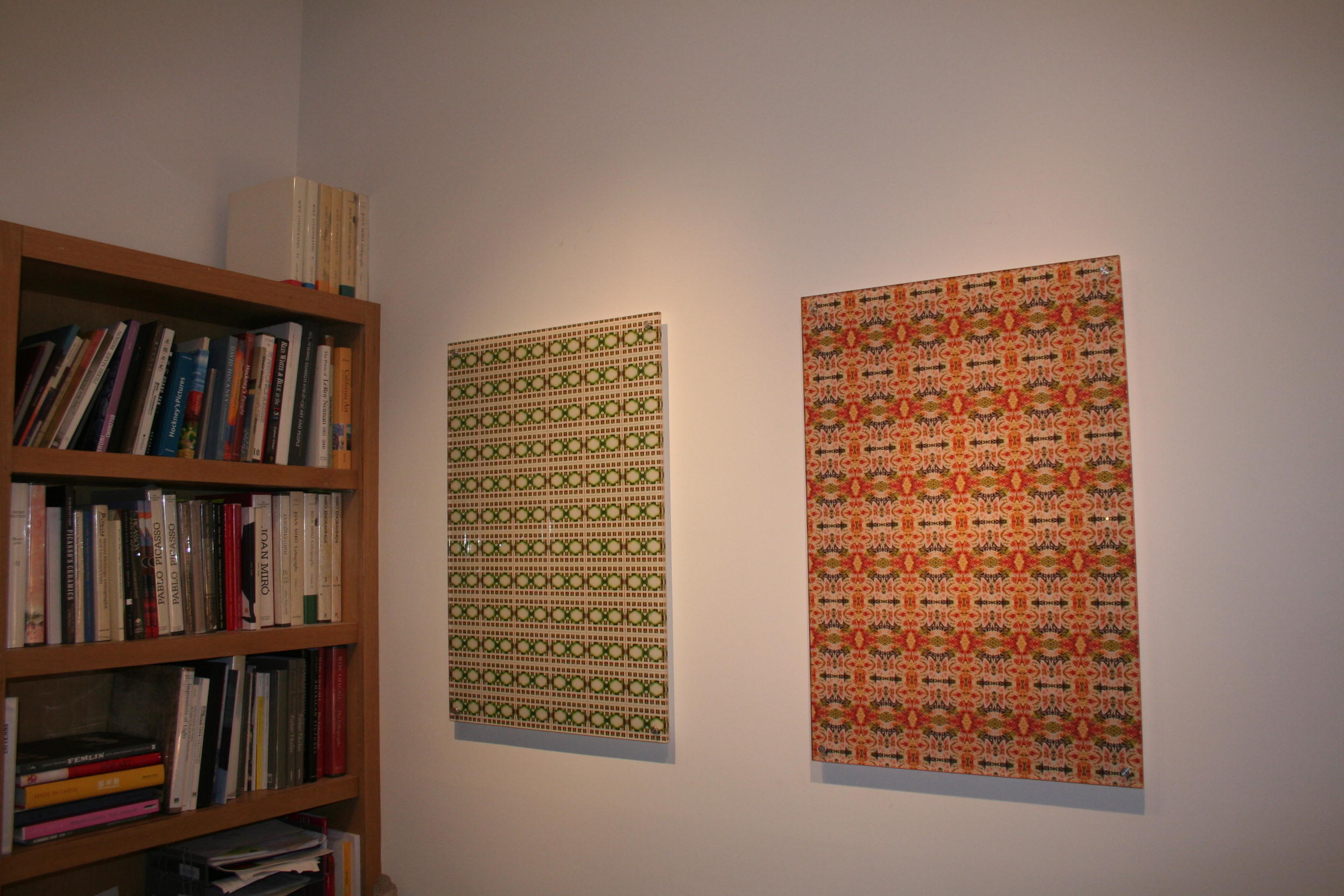
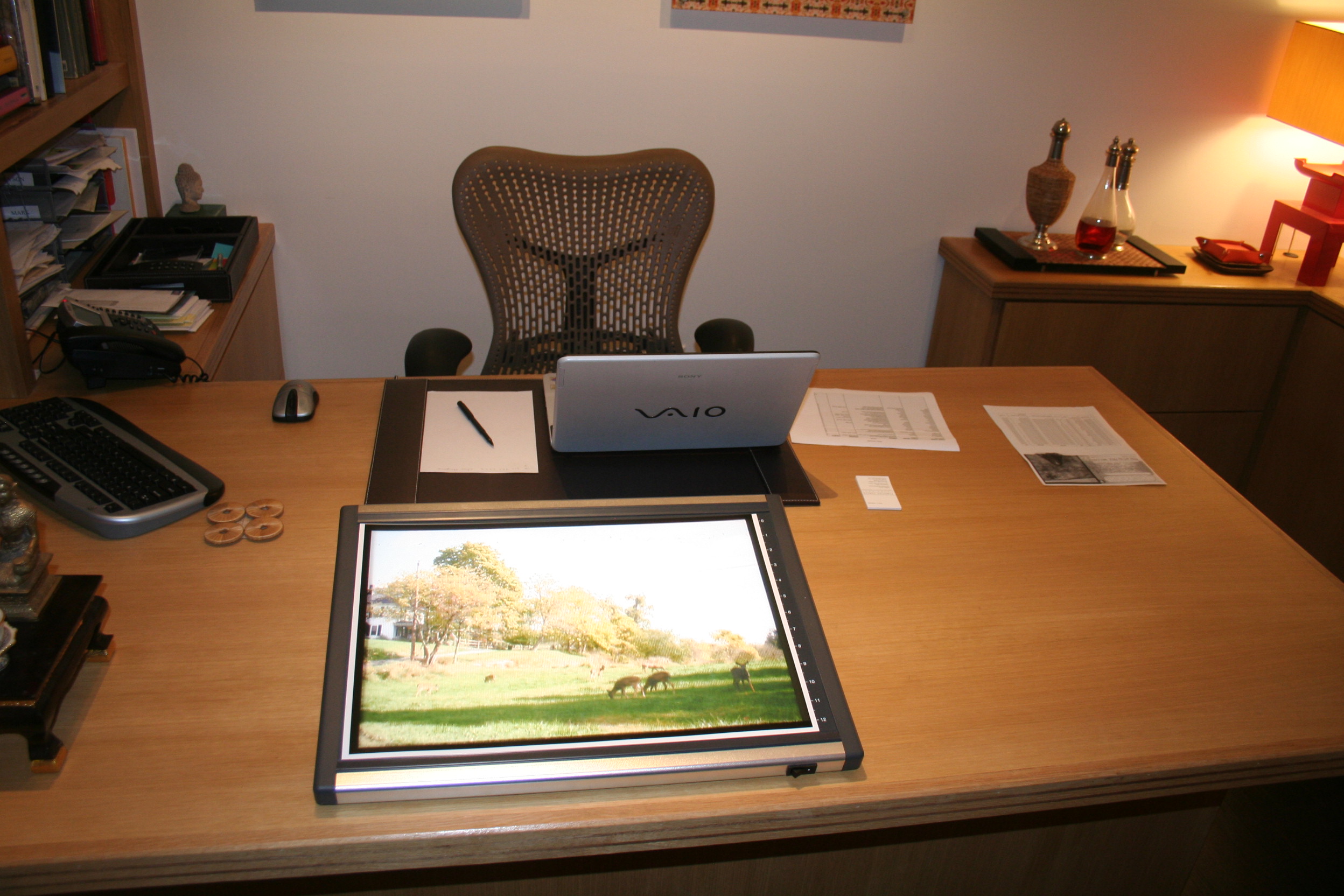
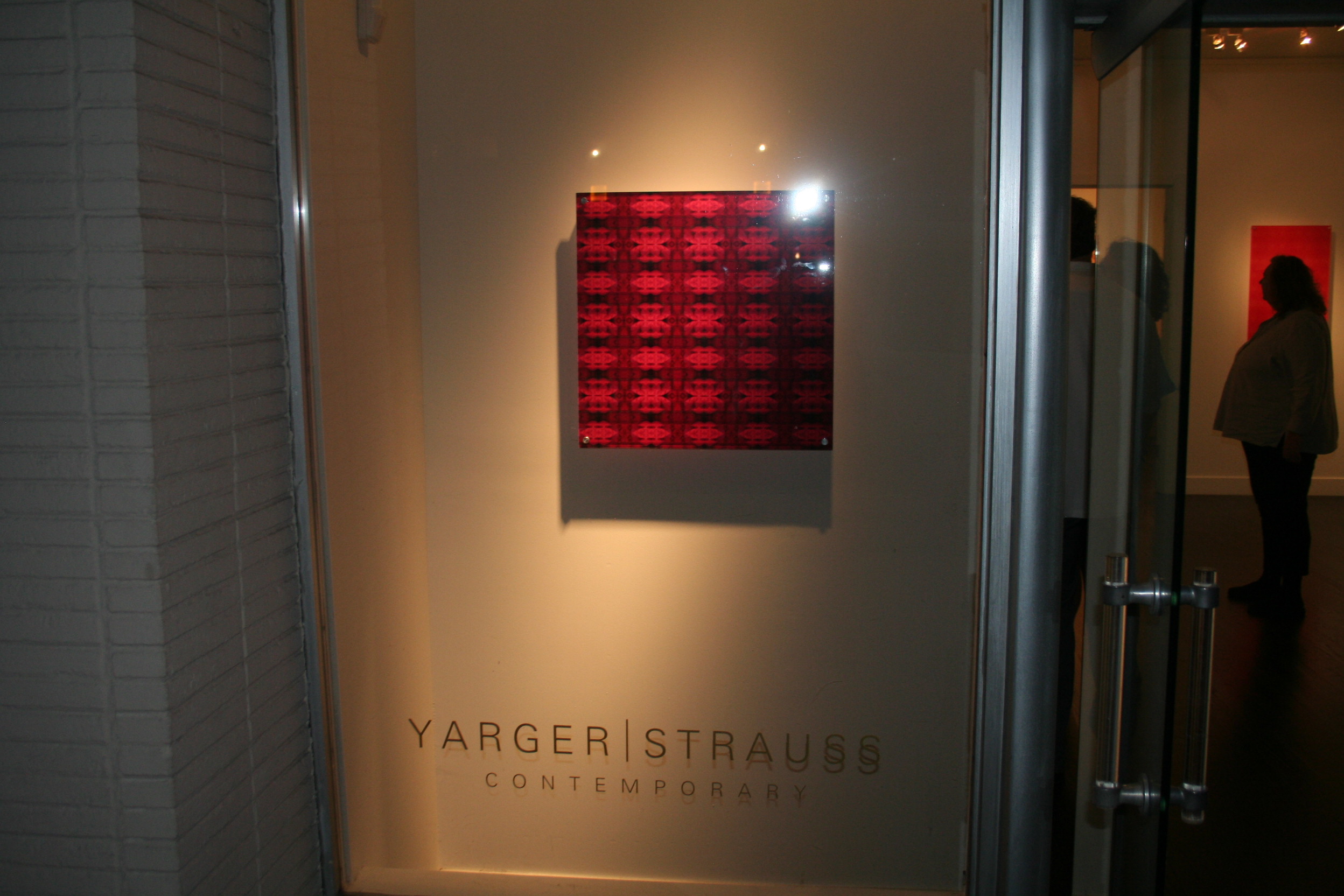
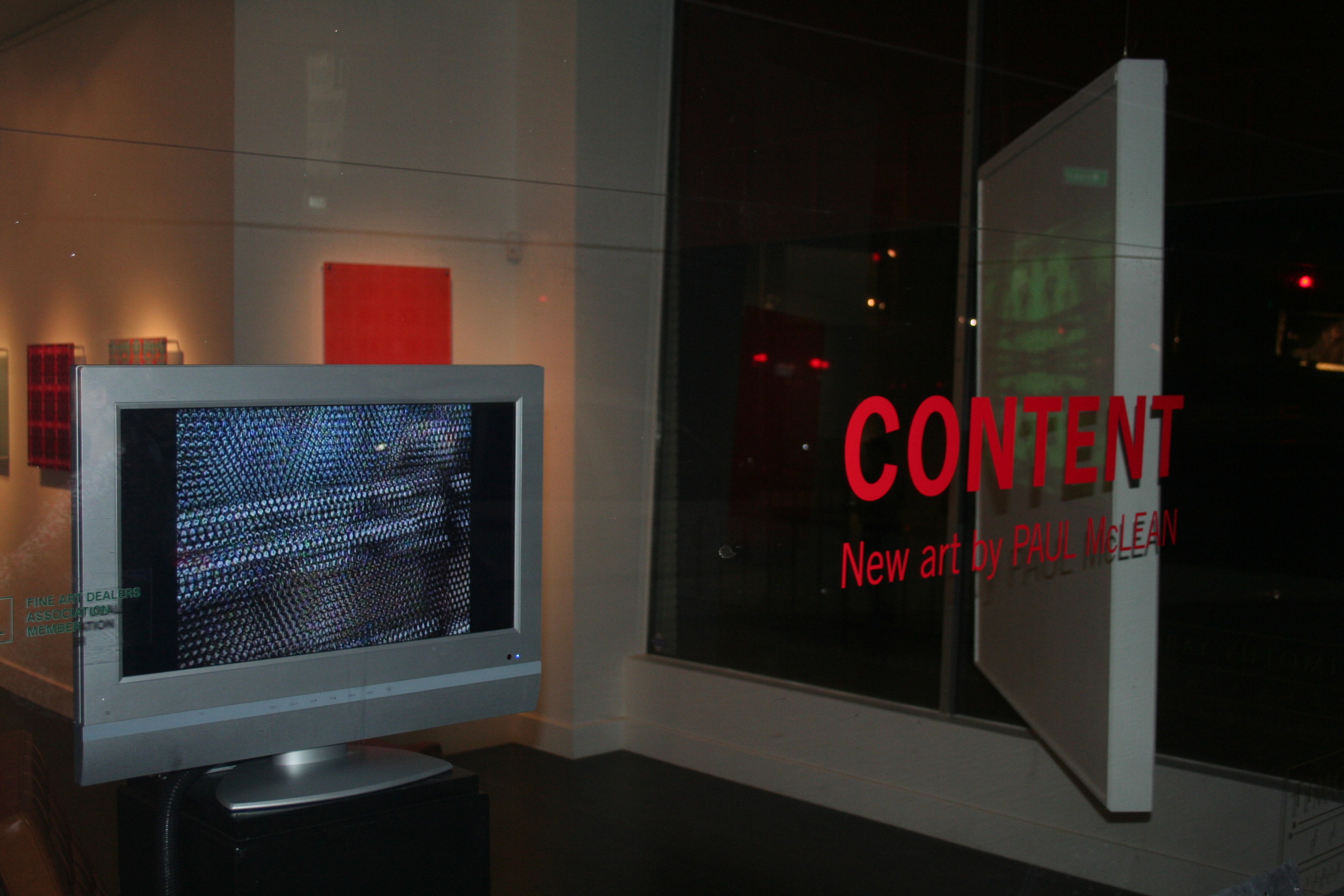
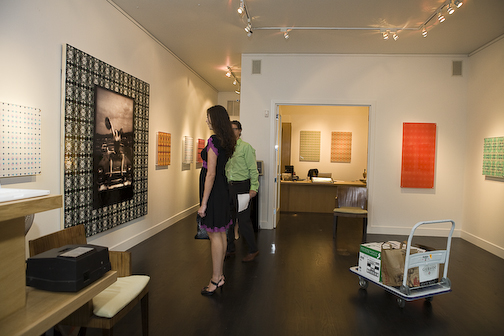
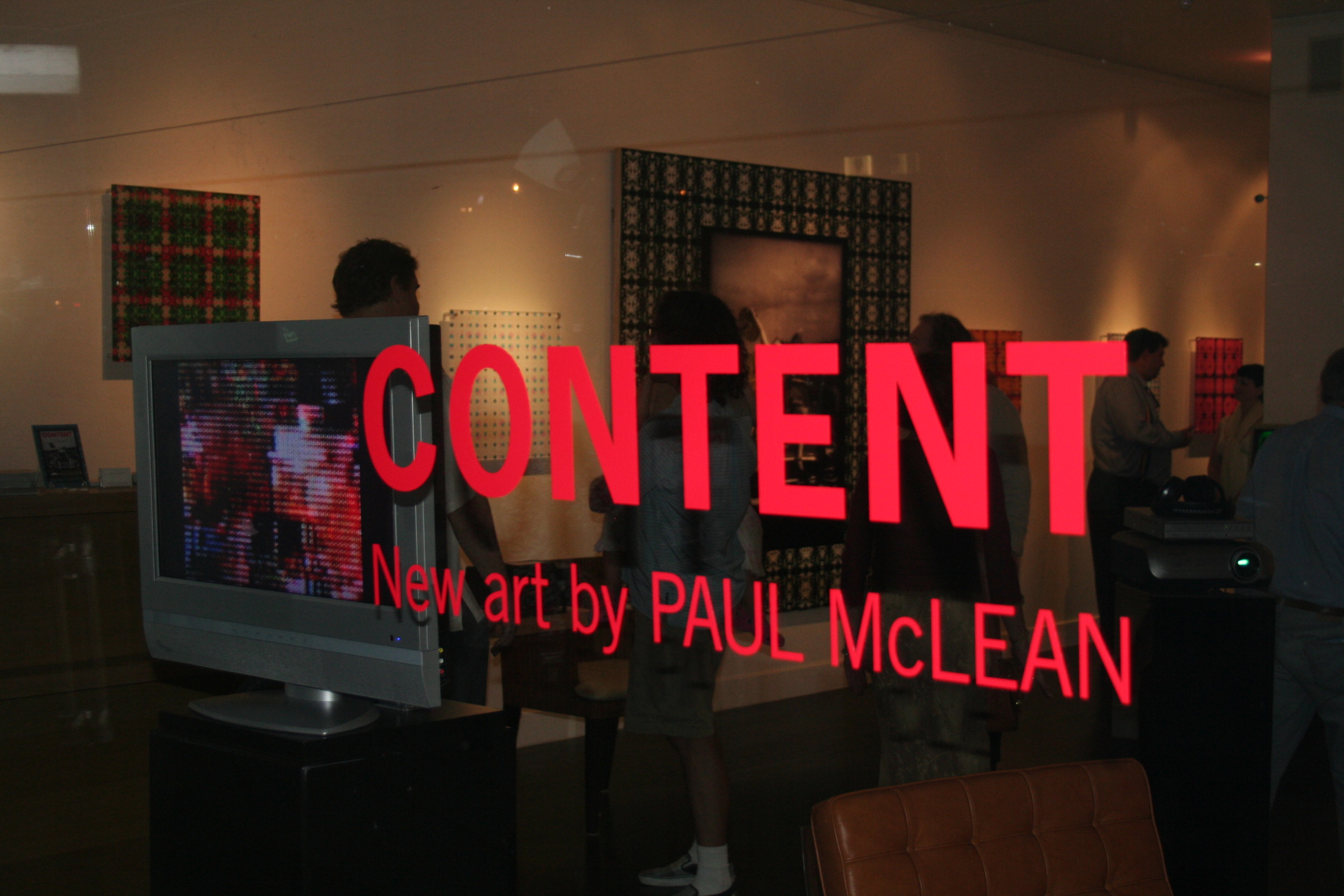
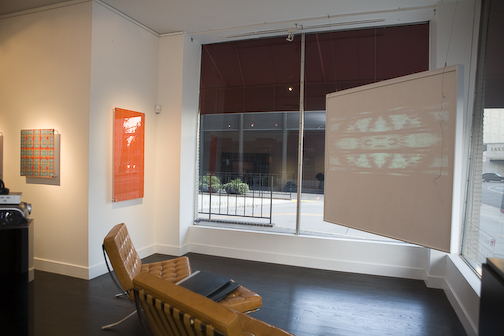
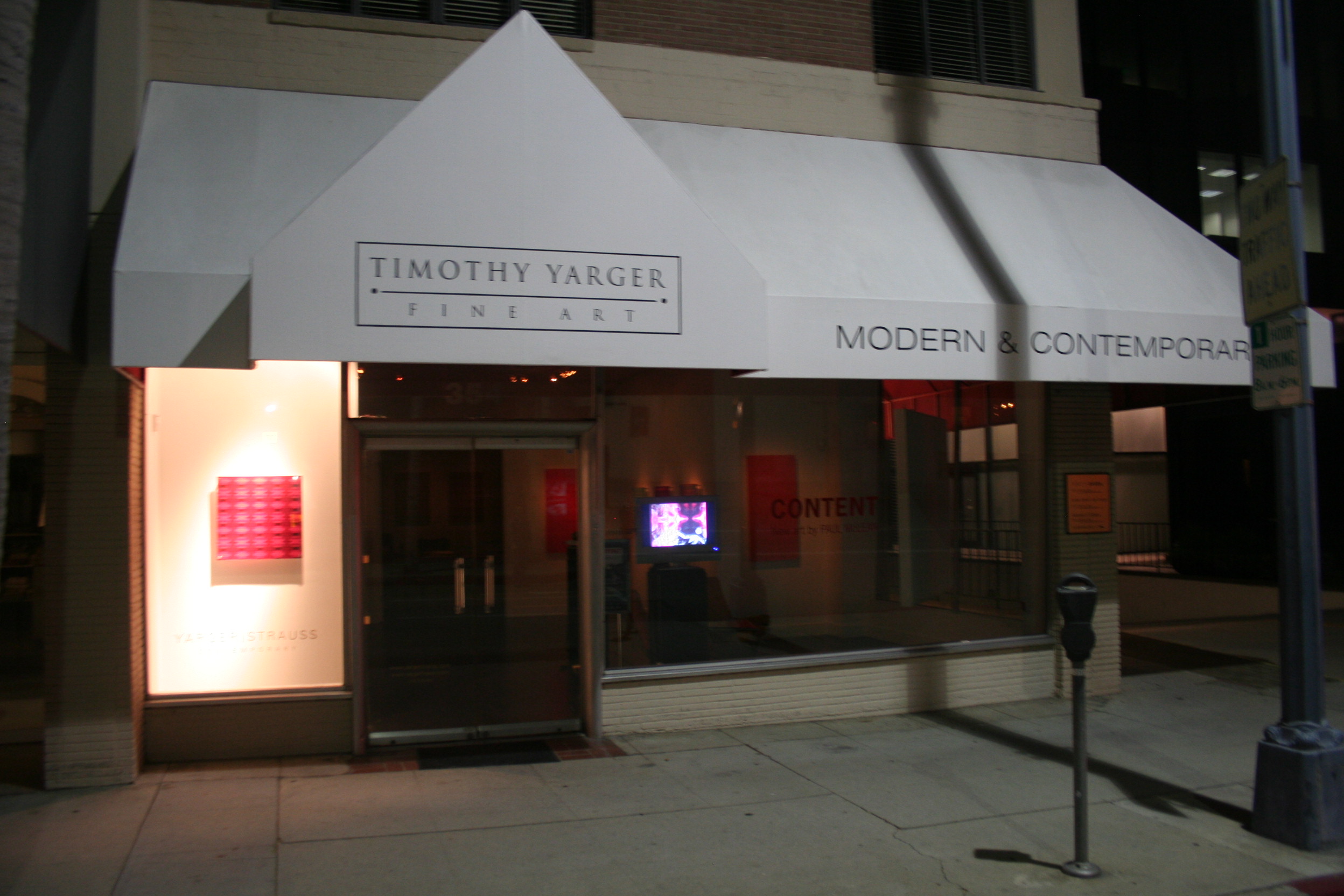
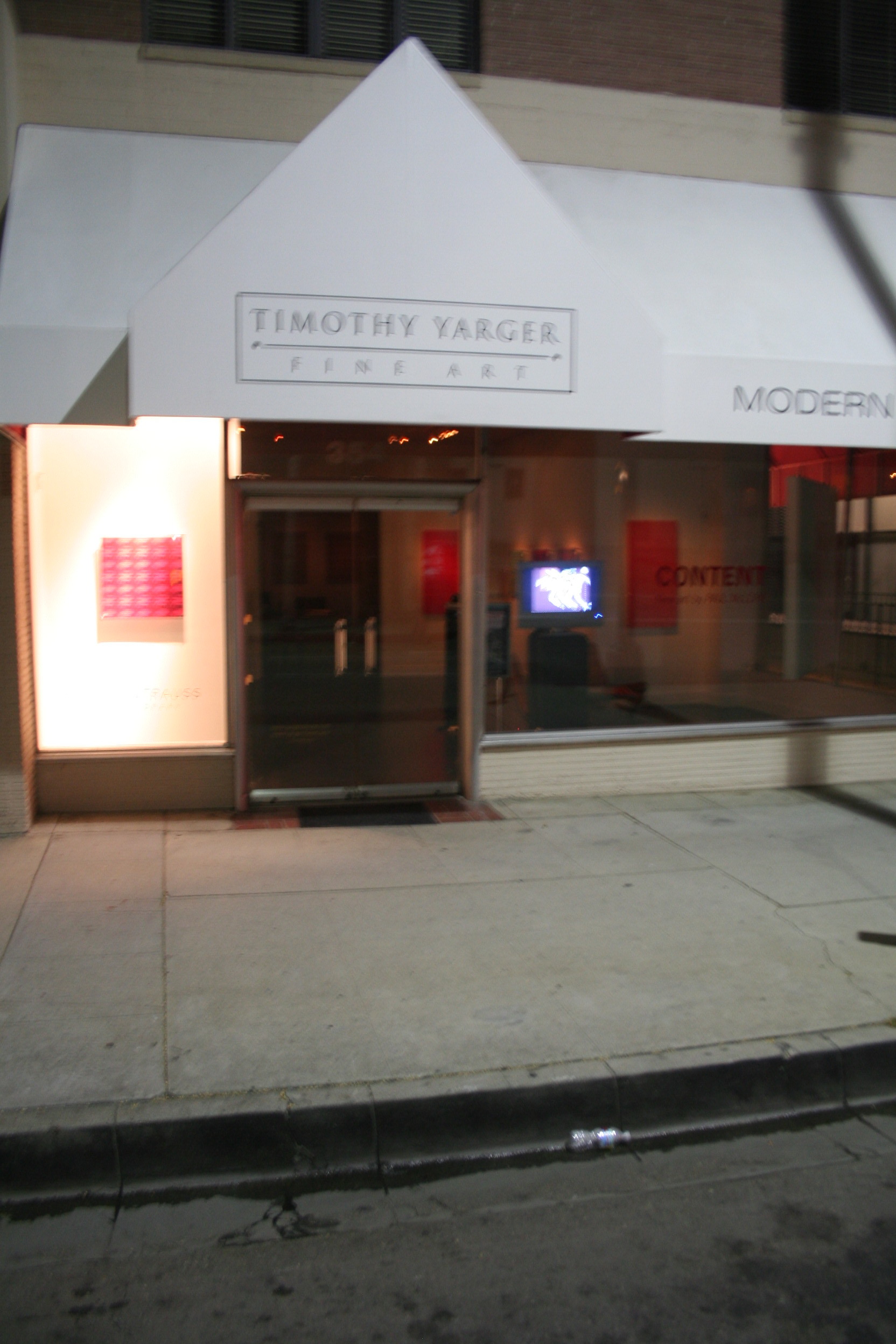
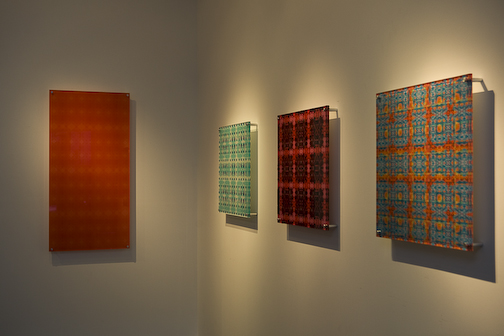
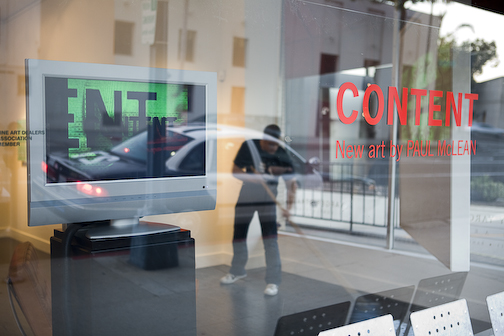
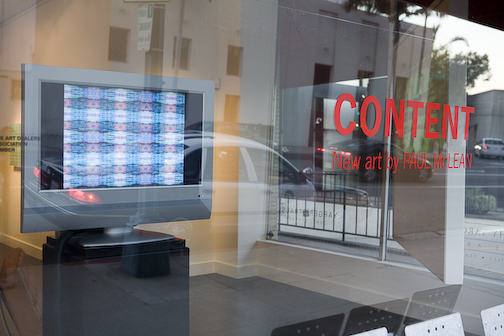
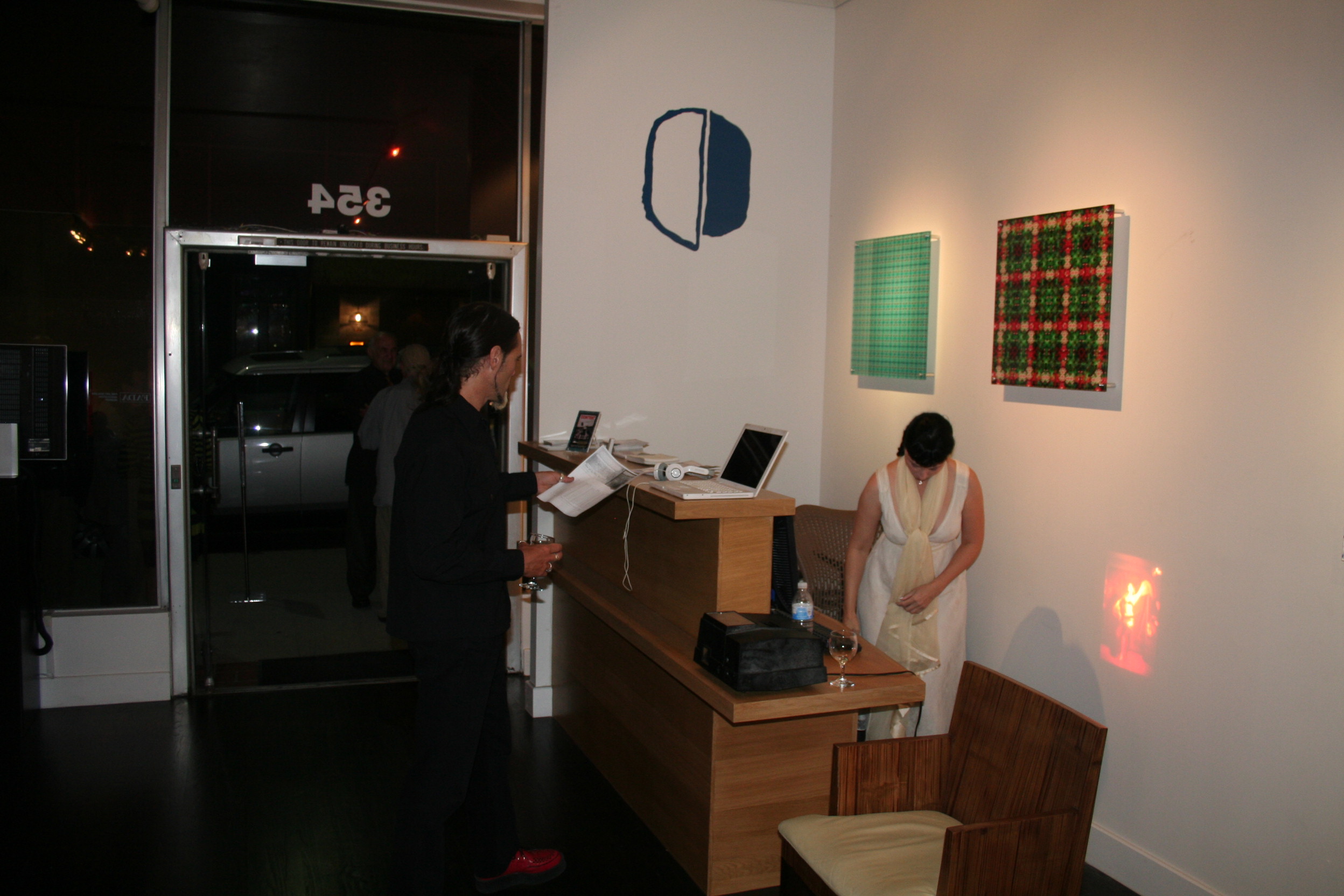
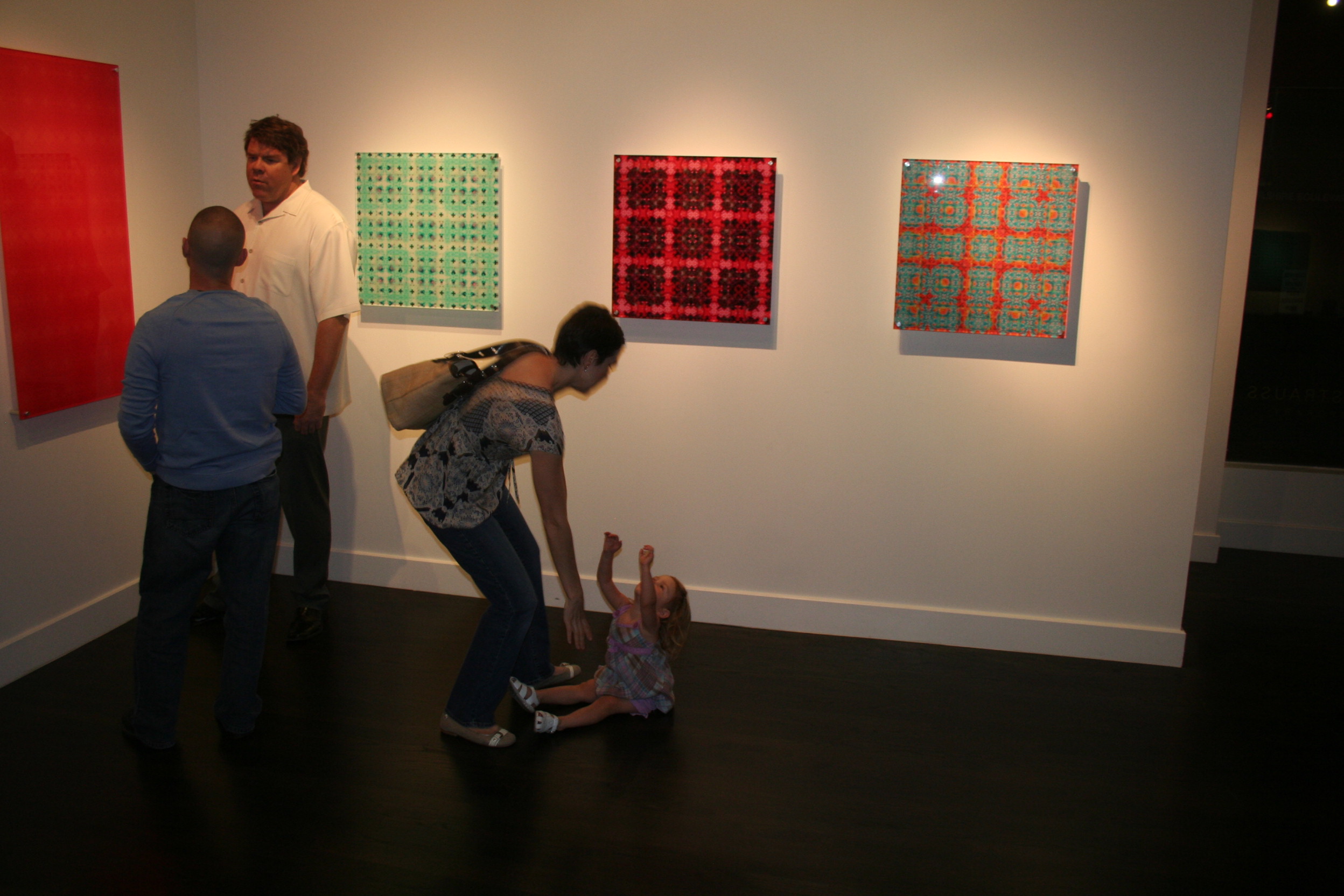
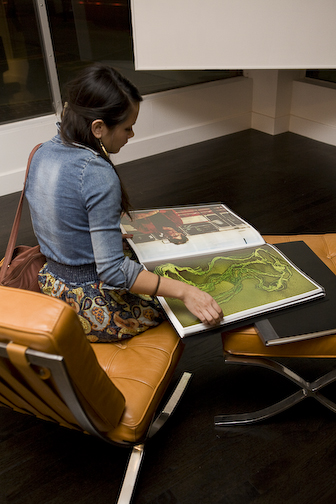
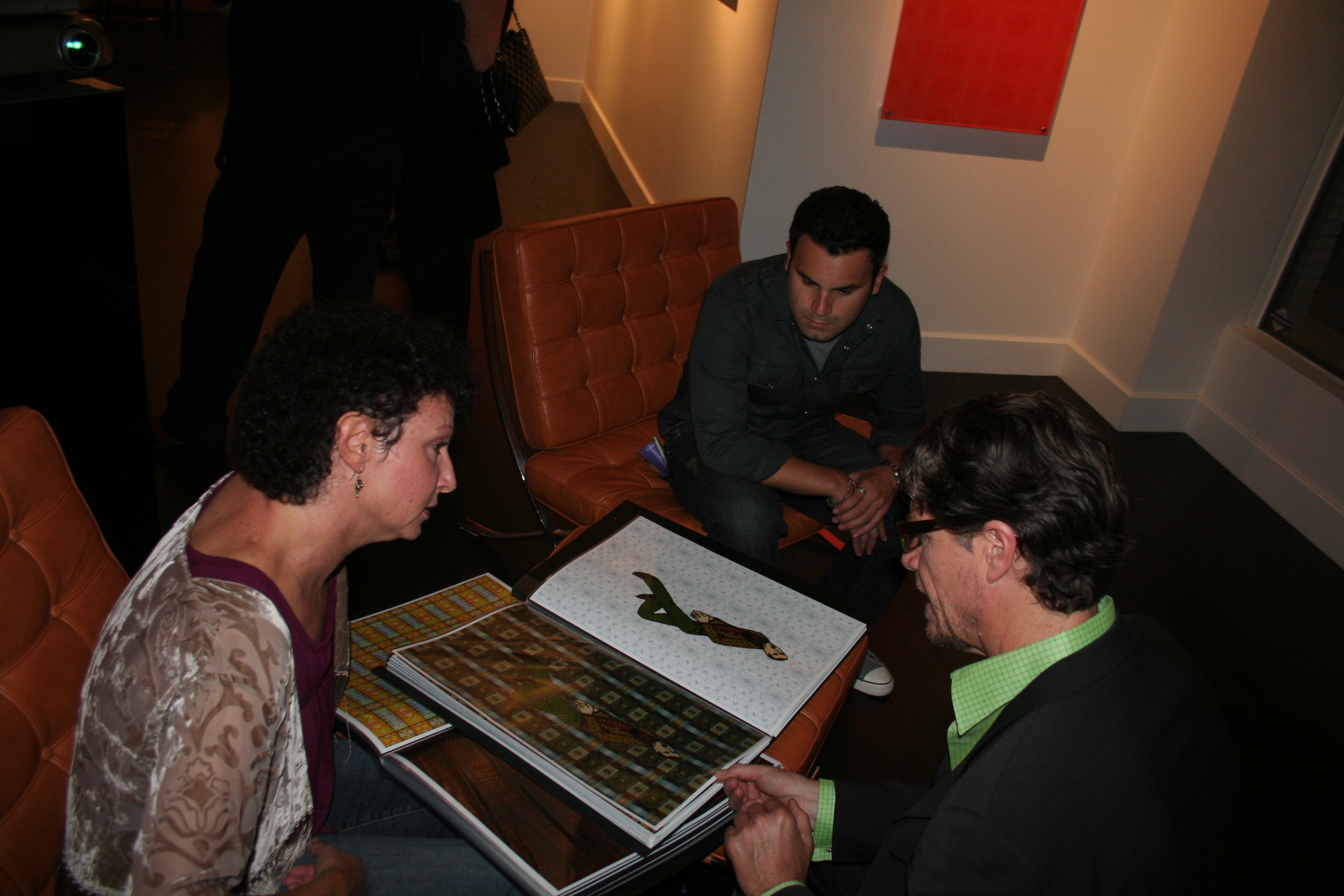
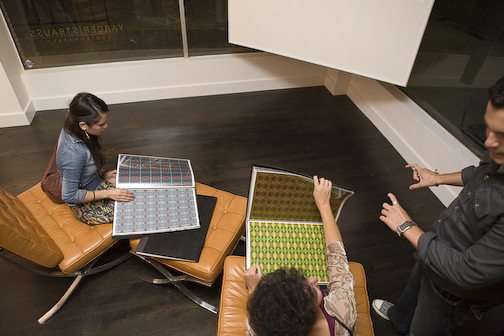

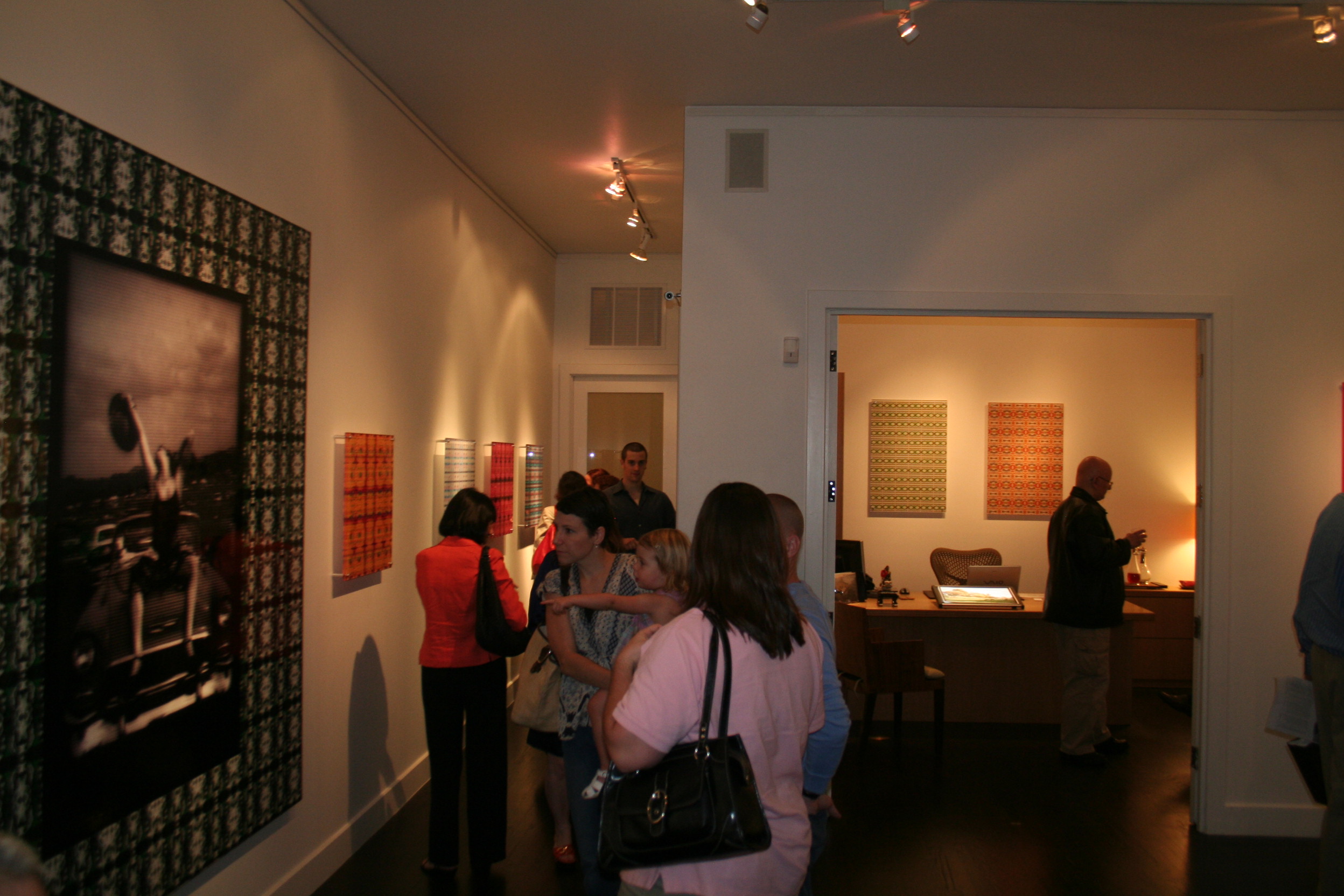
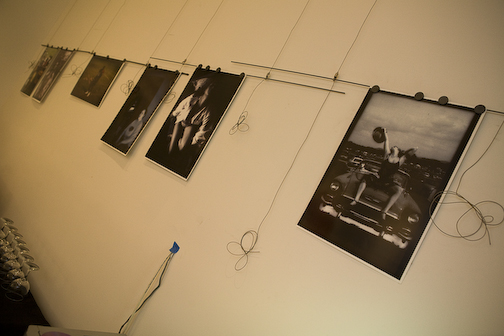
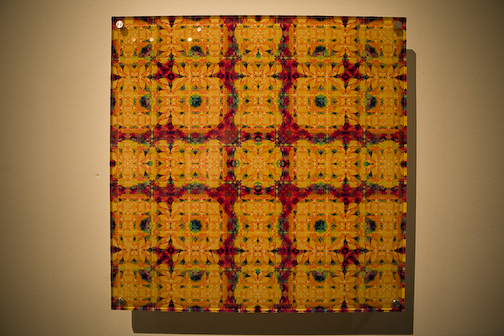
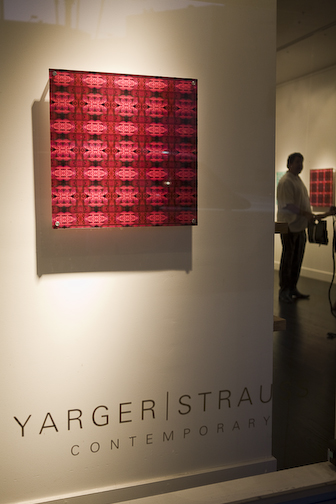

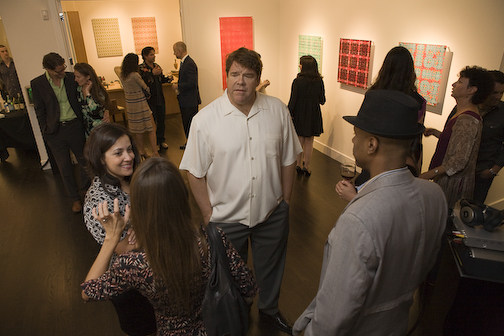
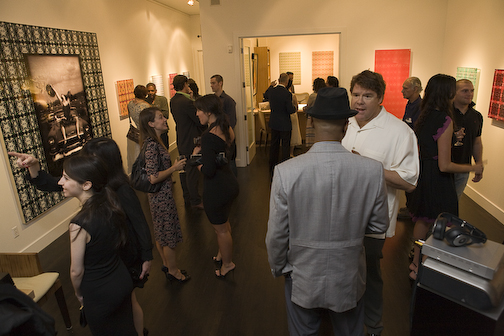
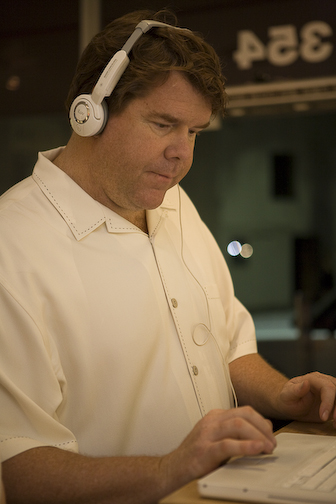
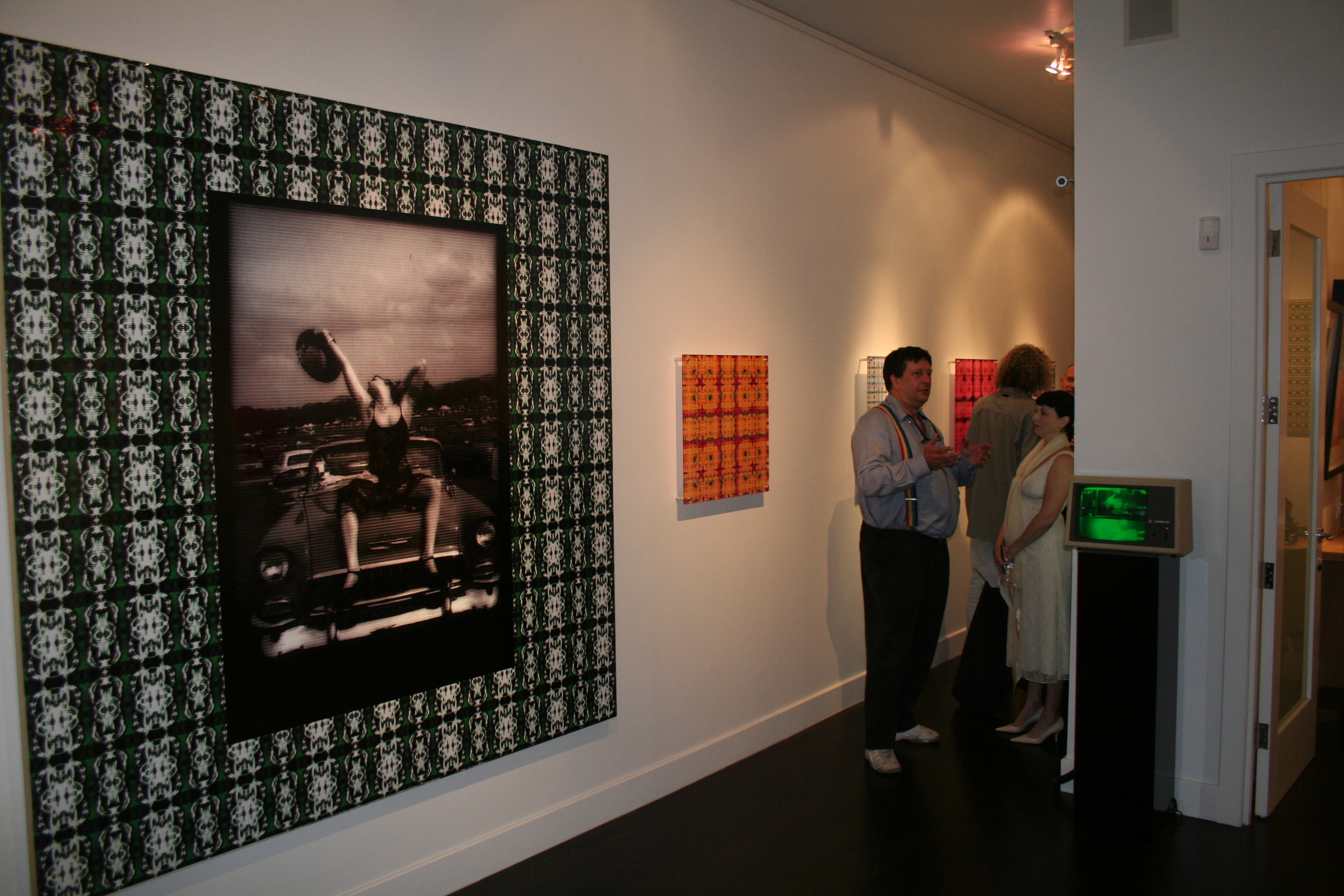
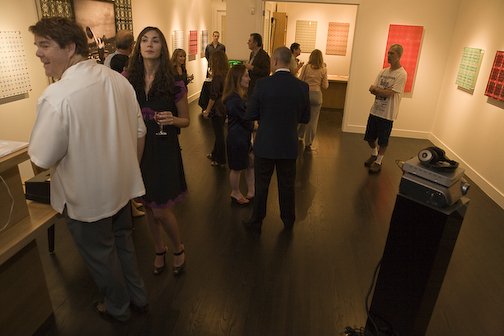
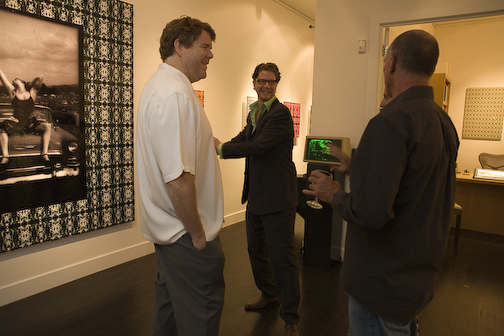
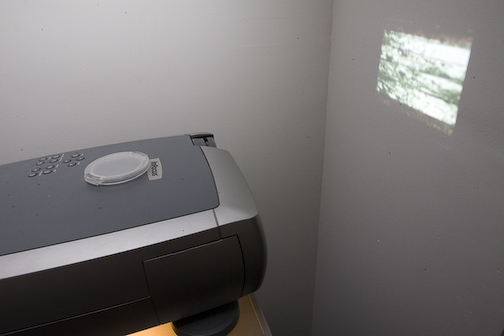
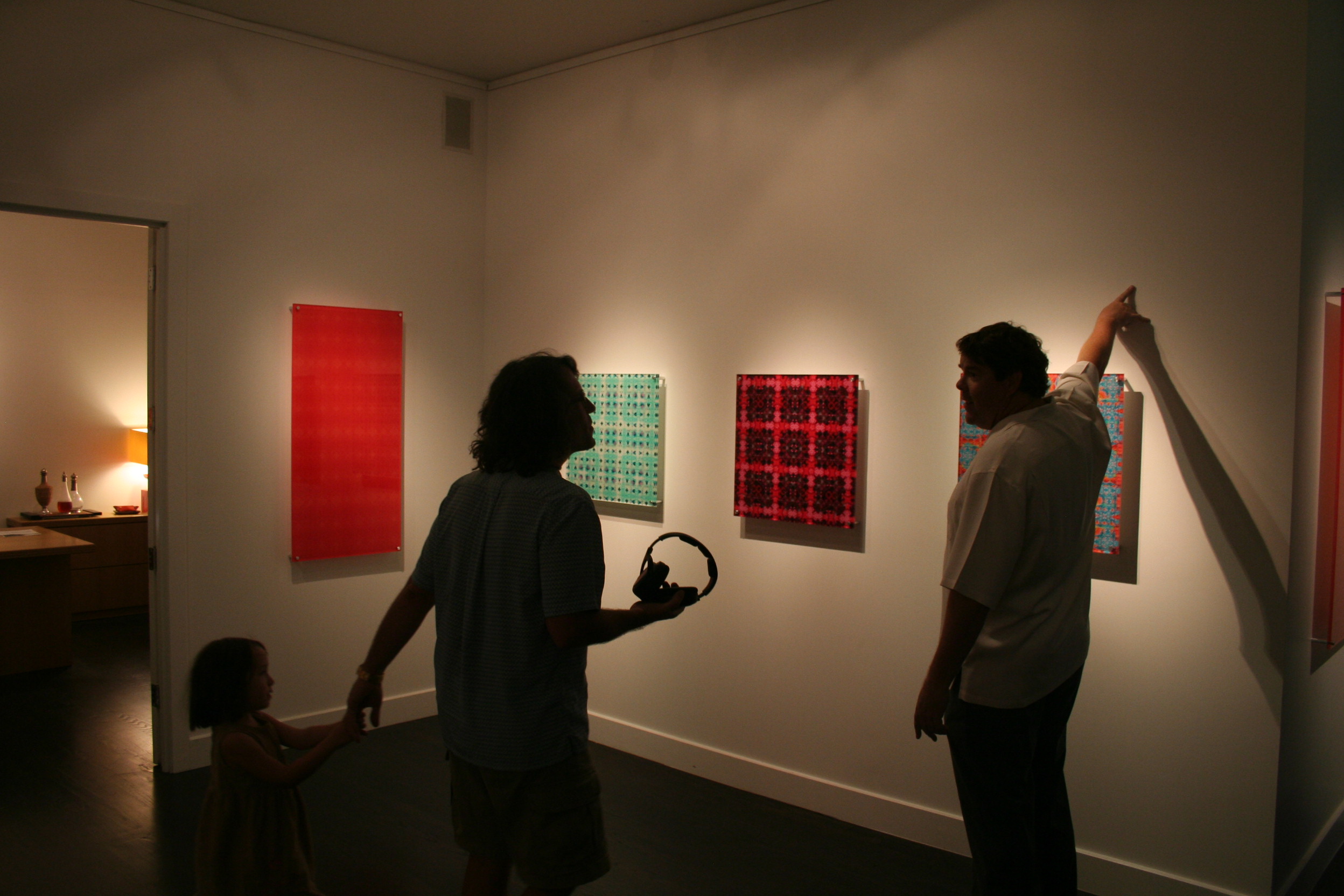

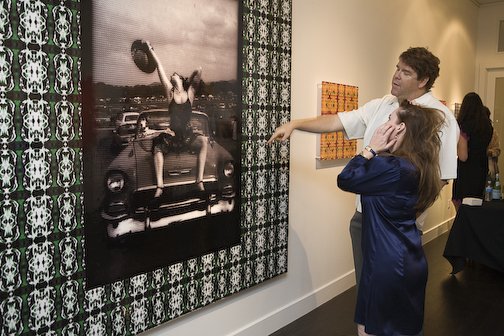
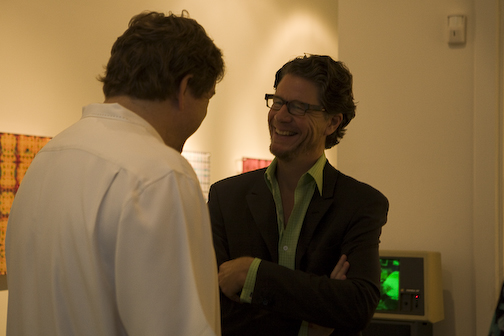

![5-17 [Surveillance Camera, OpFeek, Apple II Monitor and Pixel Painting Wall Elements] installation at AFH Gallery Chinatown by Shane Kennedy and Paul McLean (2007)](https://images.squarespace-cdn.com/content/v1/501abbd4c4aaab20160f16af/1540322859543-A8Q28Z5SK5EPWIBA7B3K/503111443_13cde08df8_o.jpg)
![2 Women; Nashville series/portfolio, for CONTENT Y|G [19” x 13” Epson print on archival paper, unframed (2008)]](https://images.squarespace-cdn.com/content/v1/501abbd4c4aaab20160f16af/1540324474671-GLKV462M40NYTE6VKHHP/2878738652_68f3f185b0_o.jpg)
